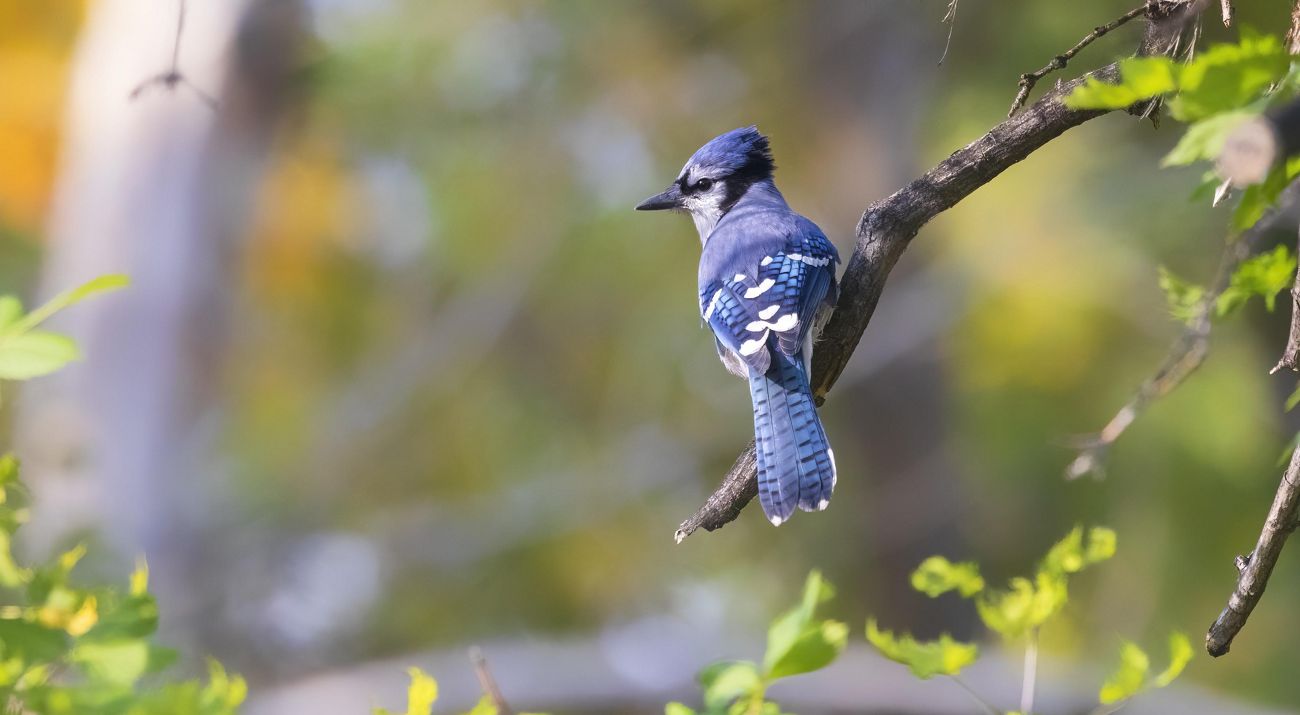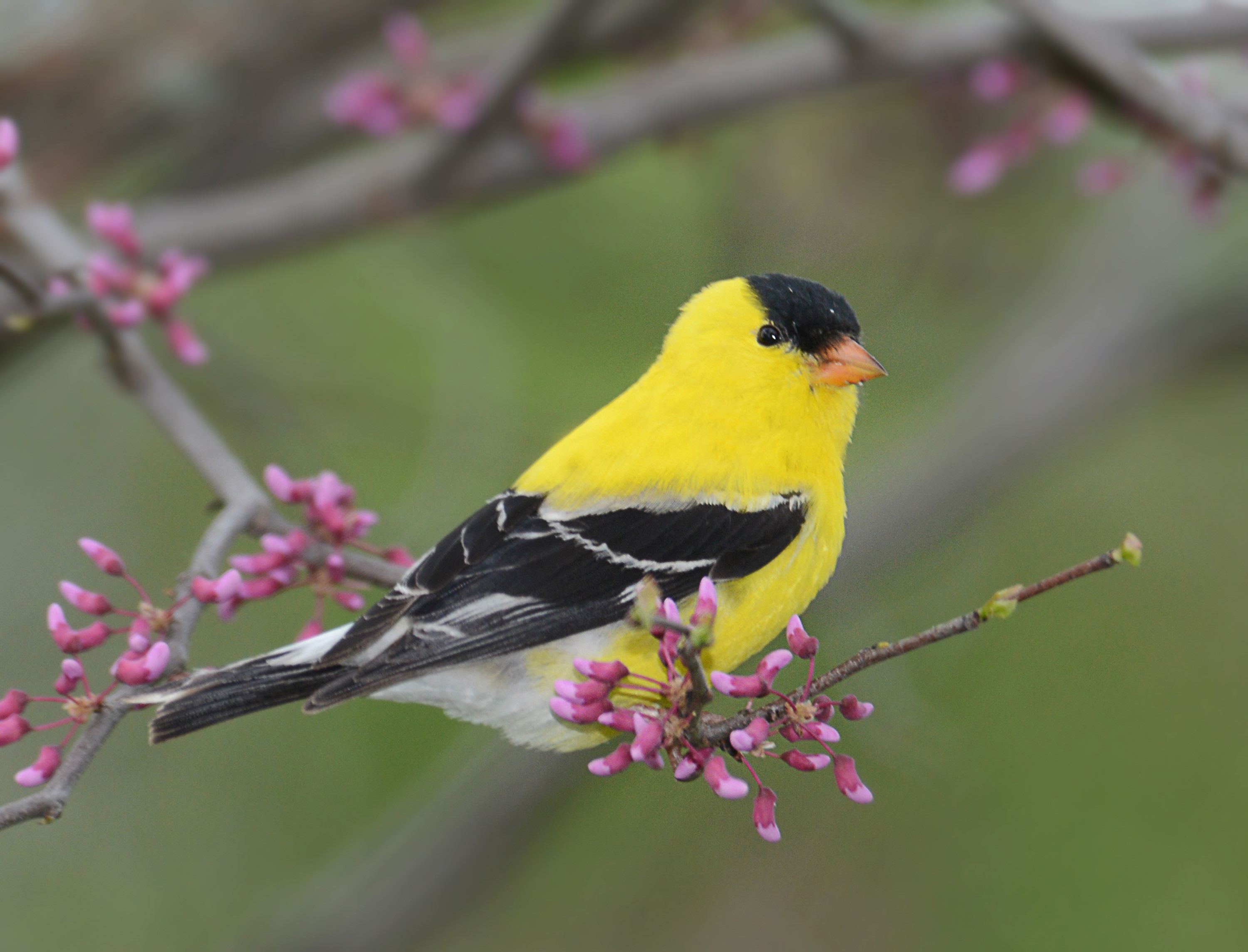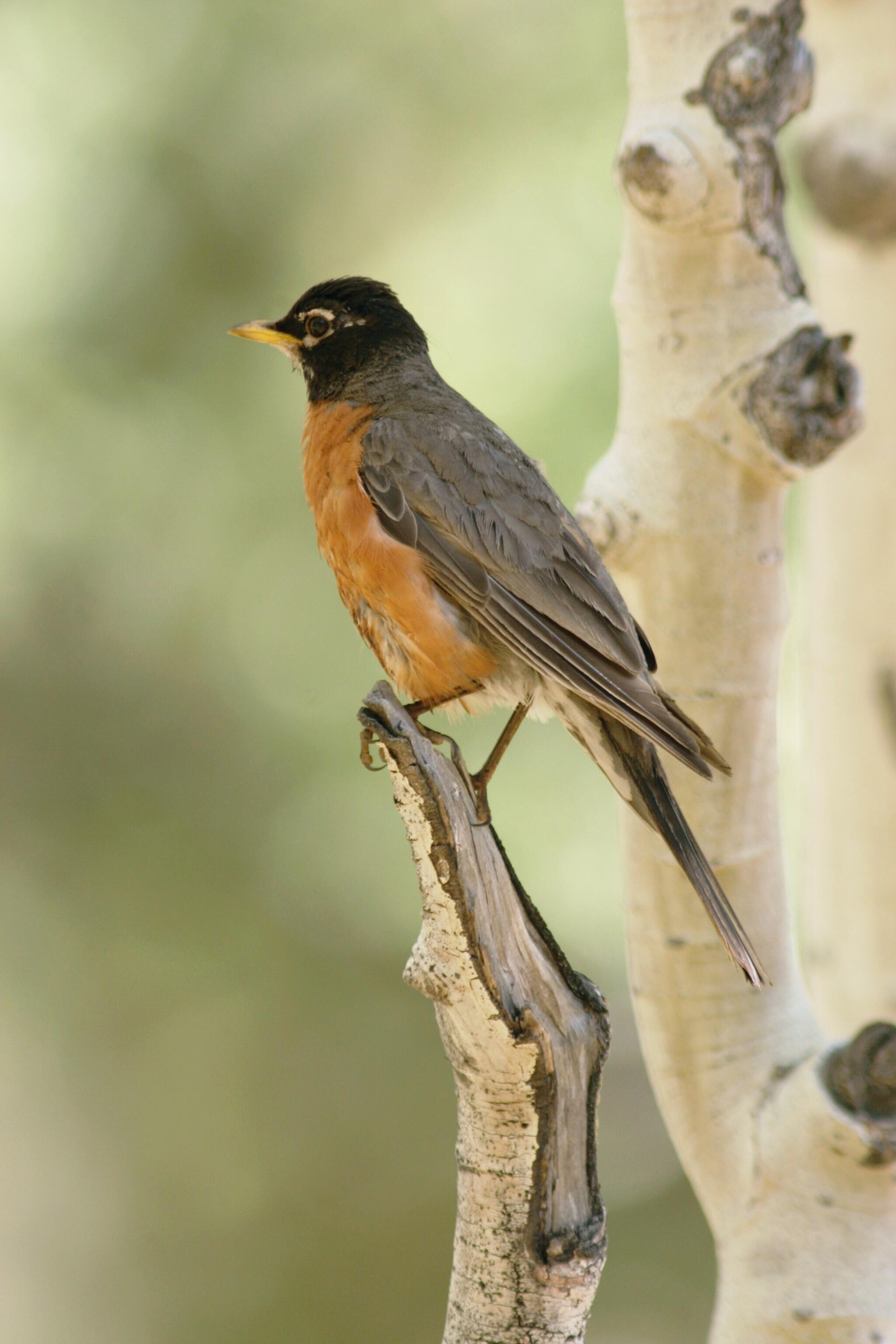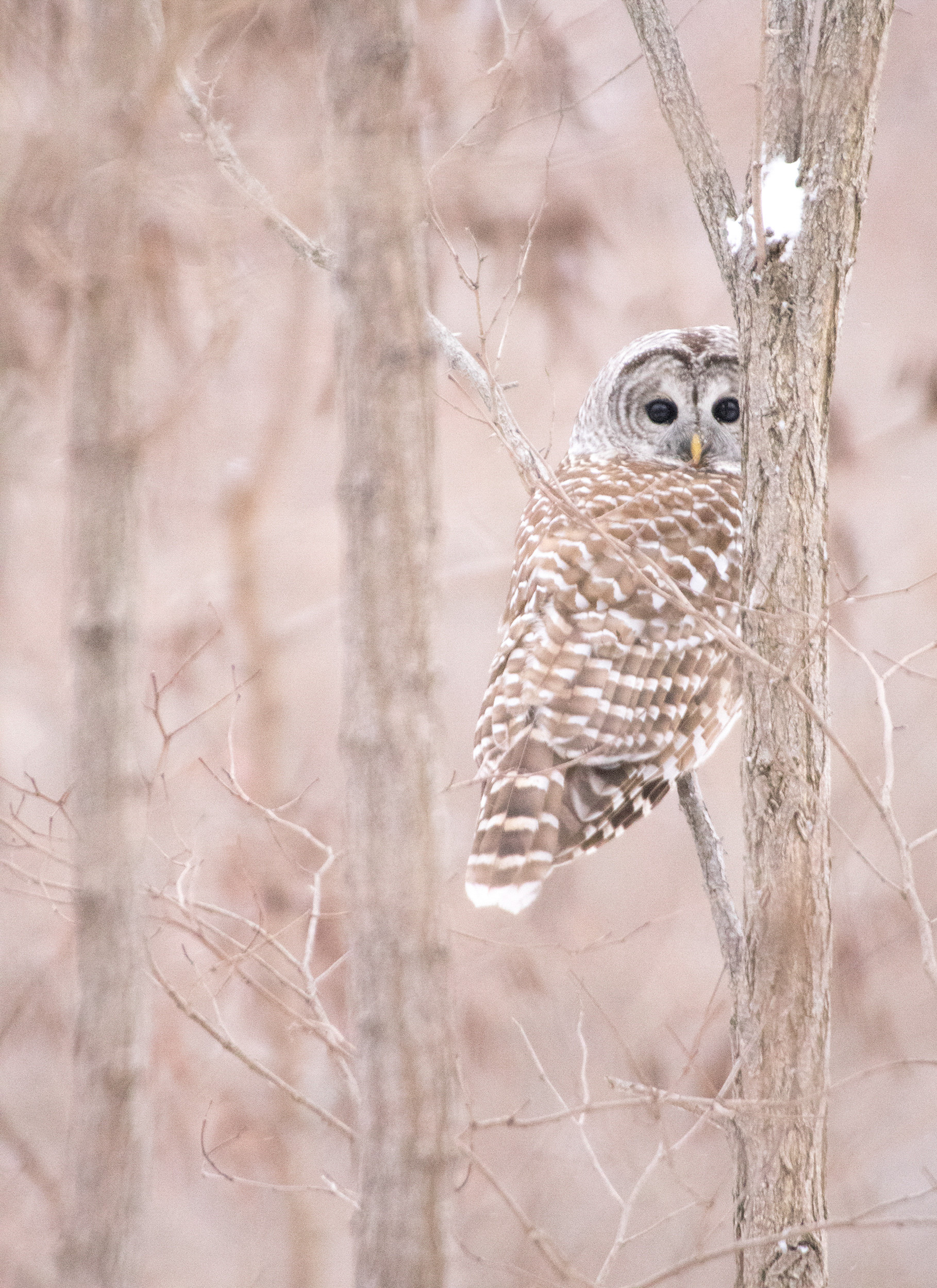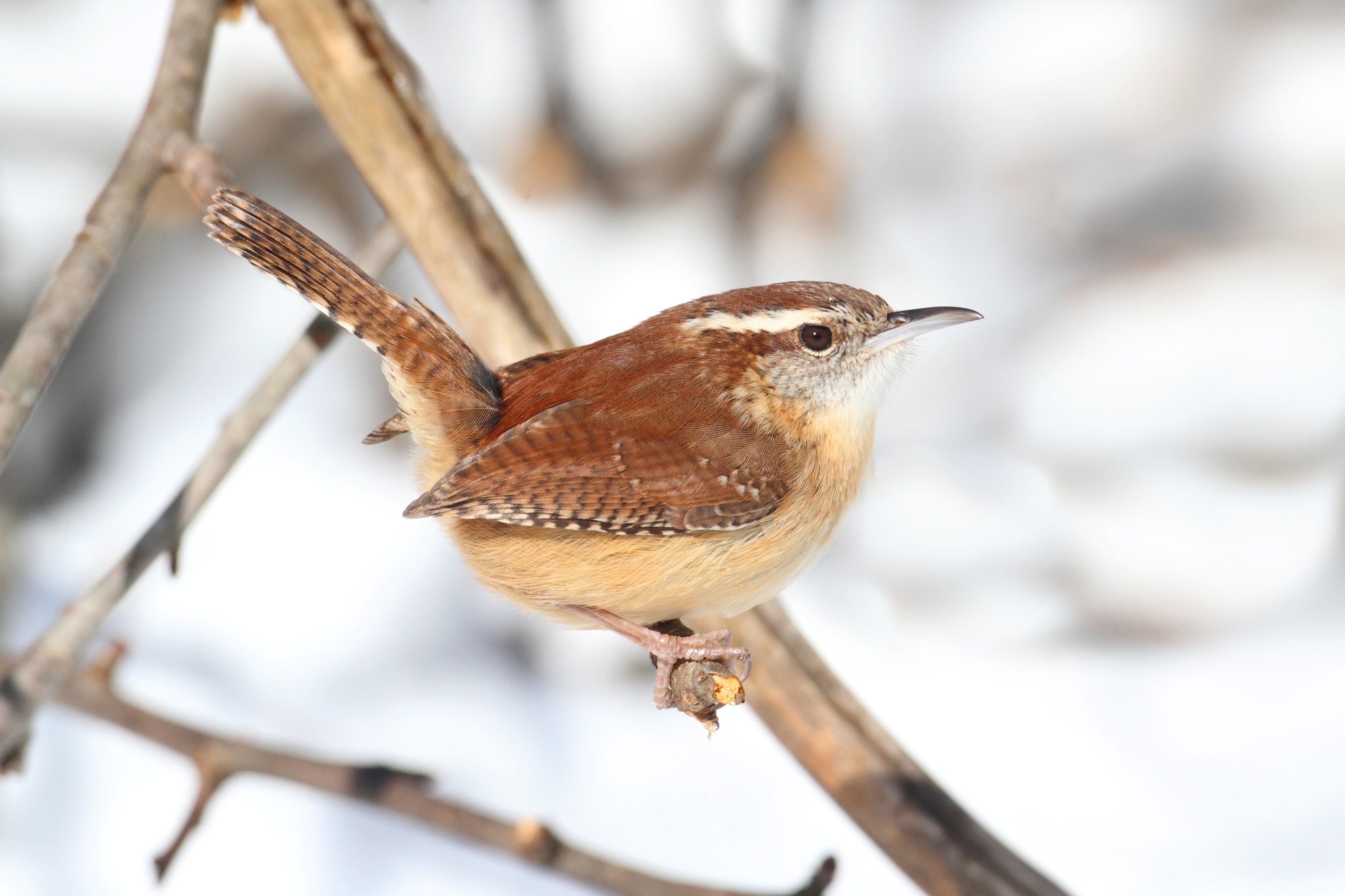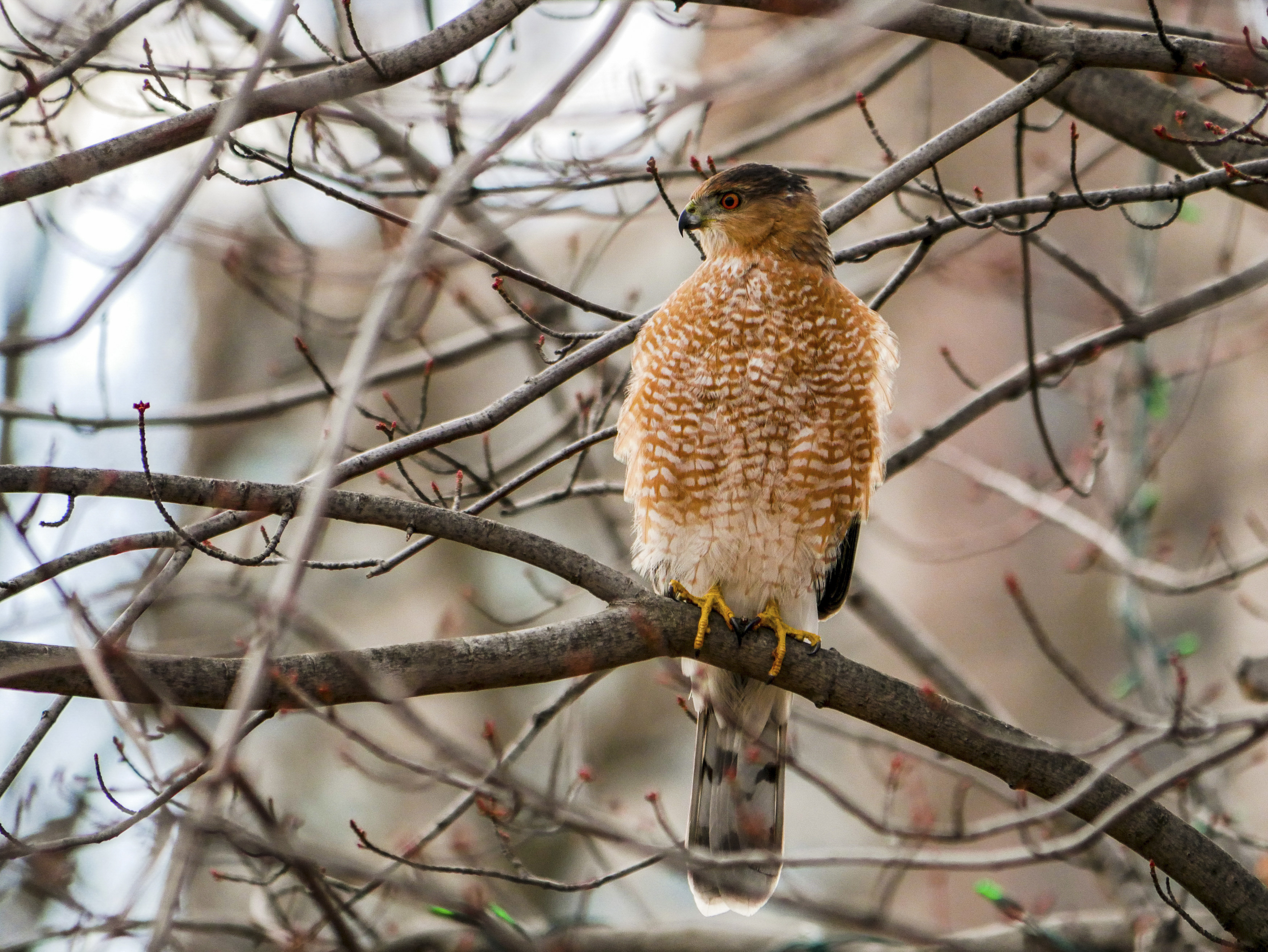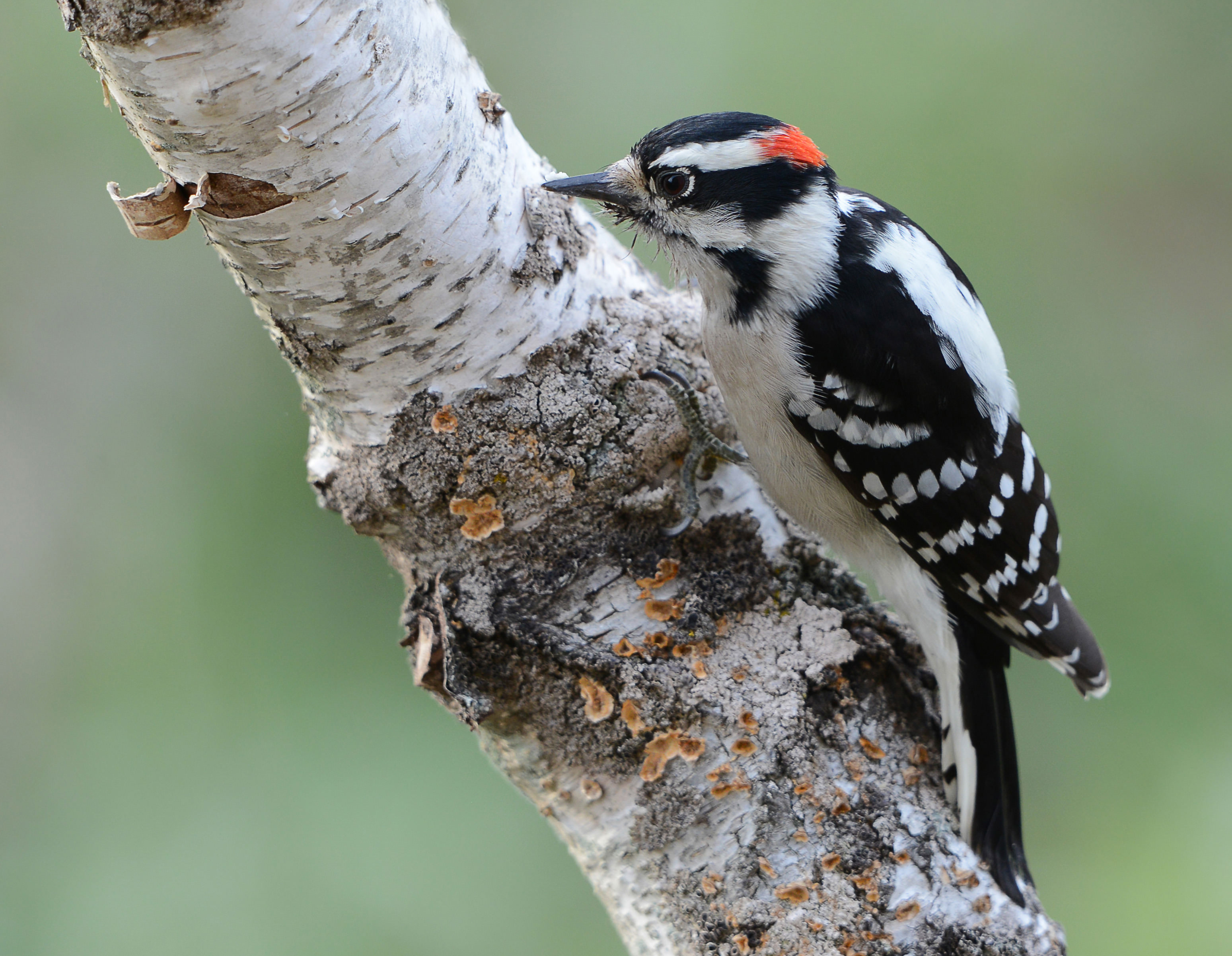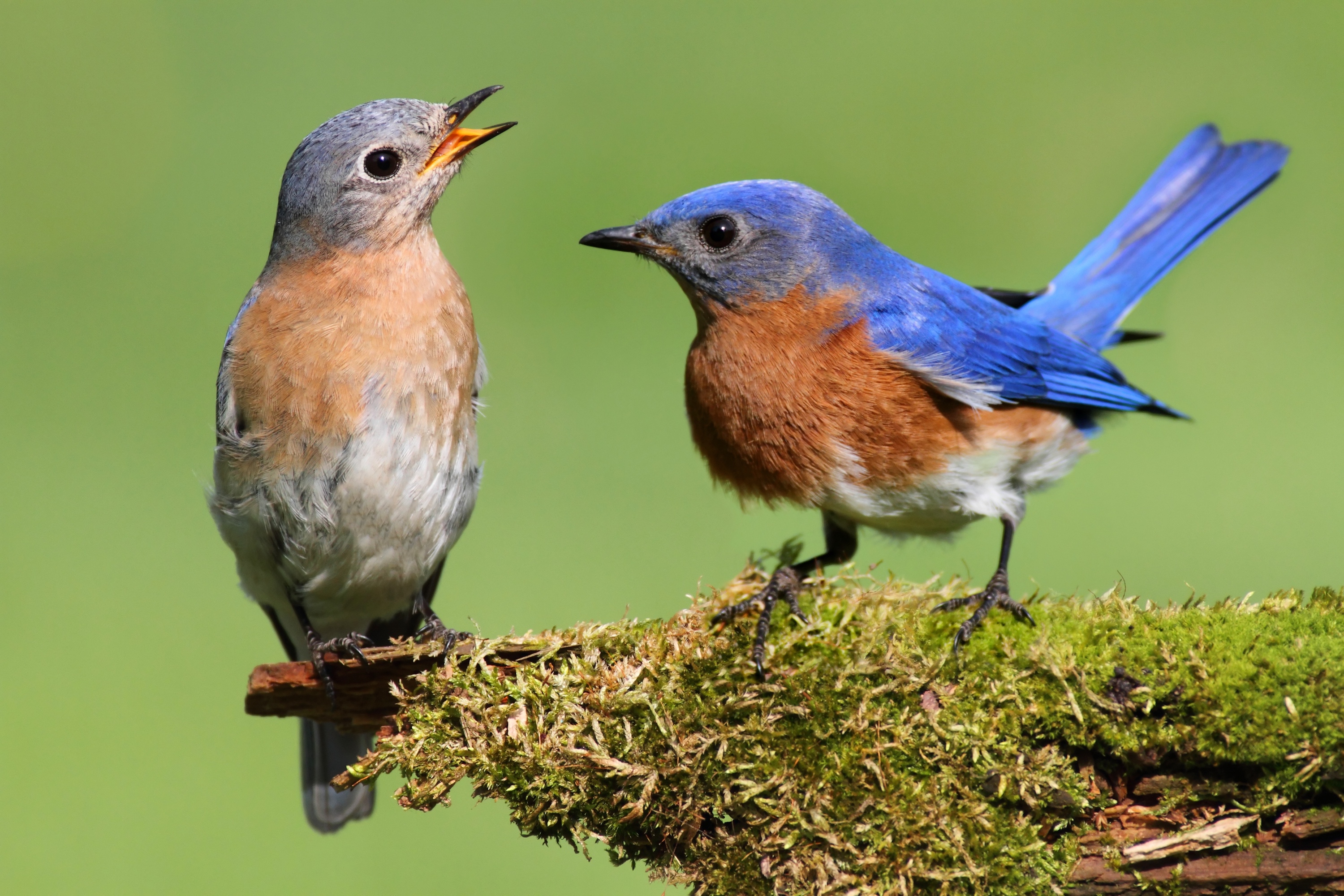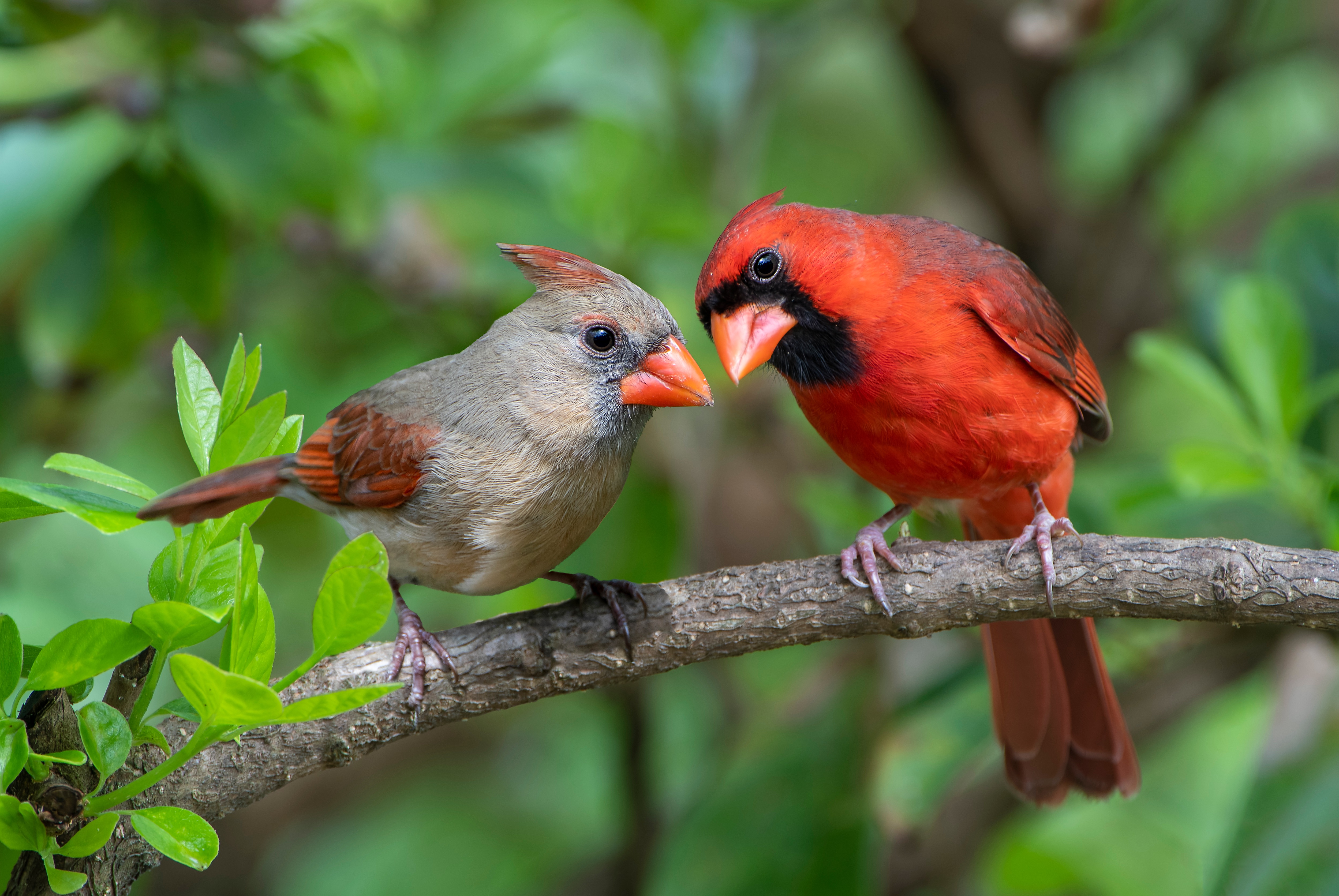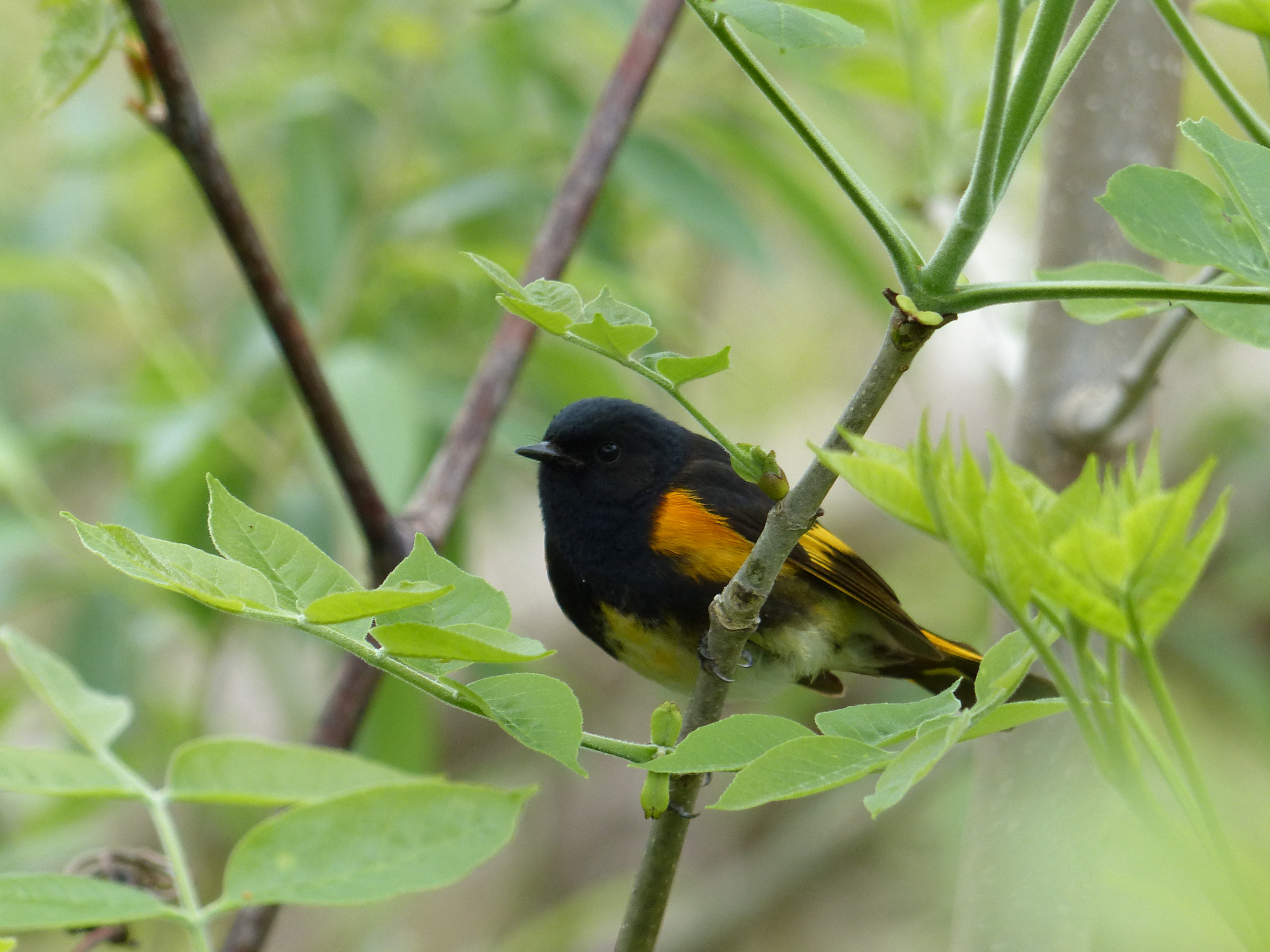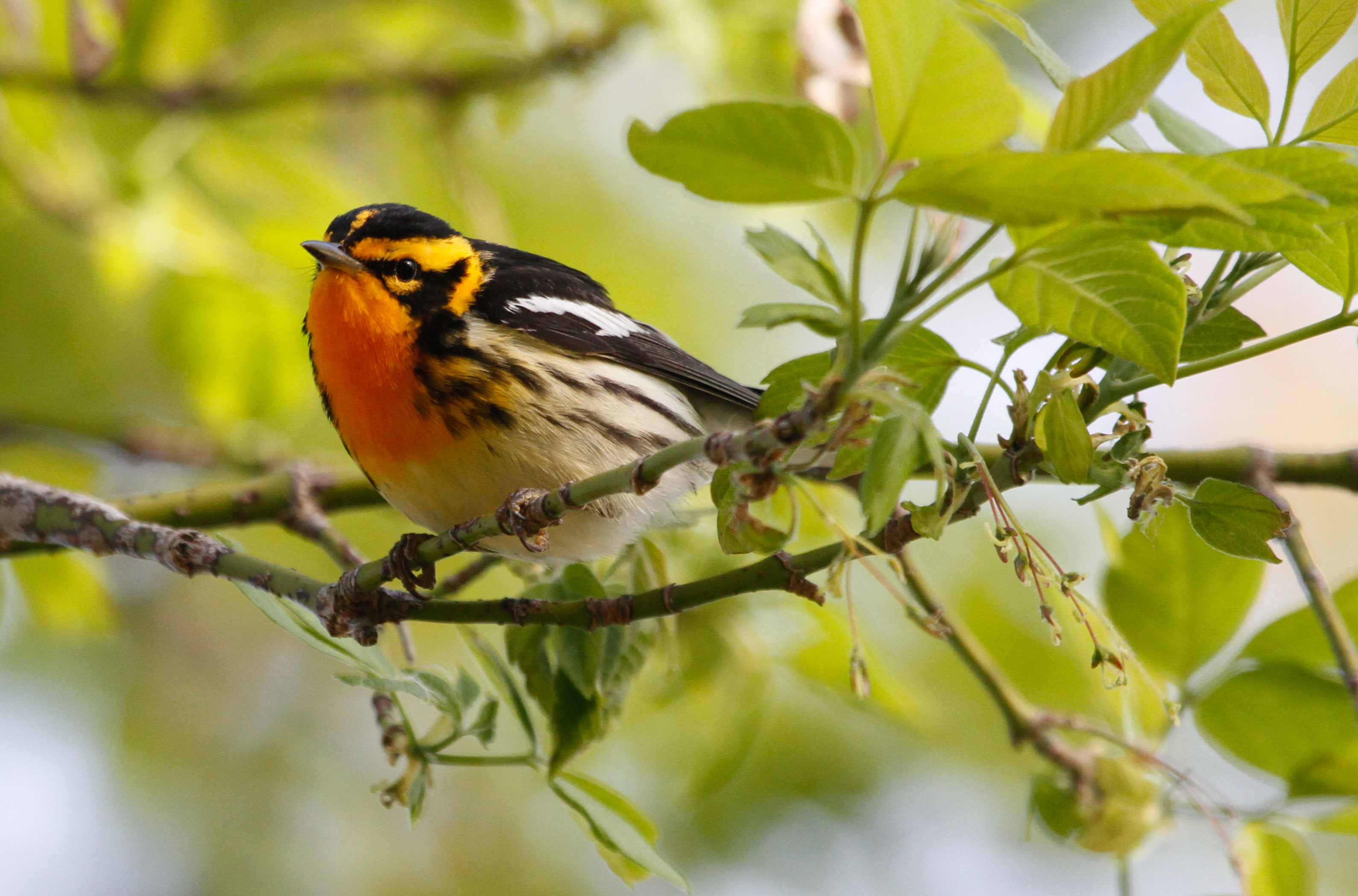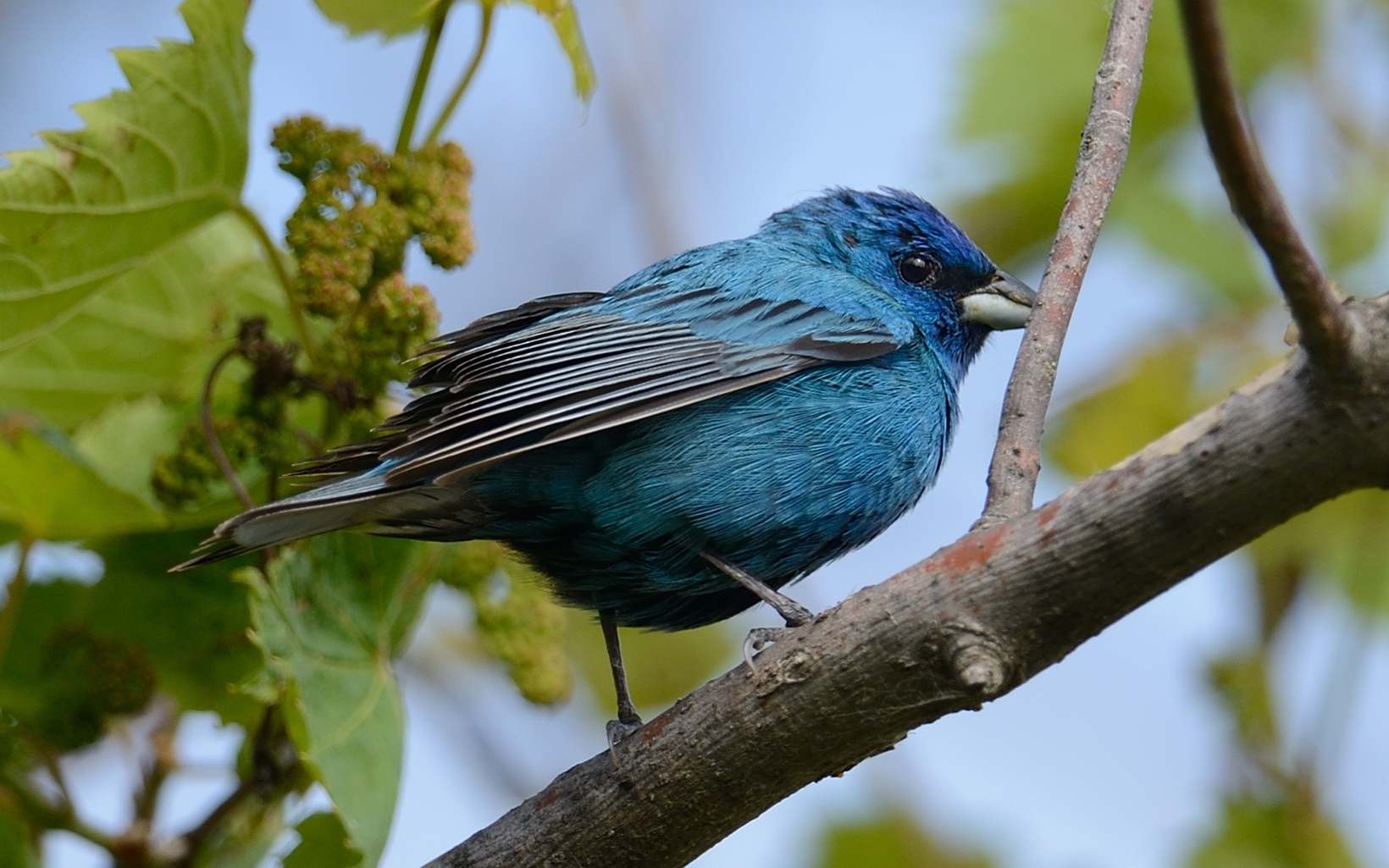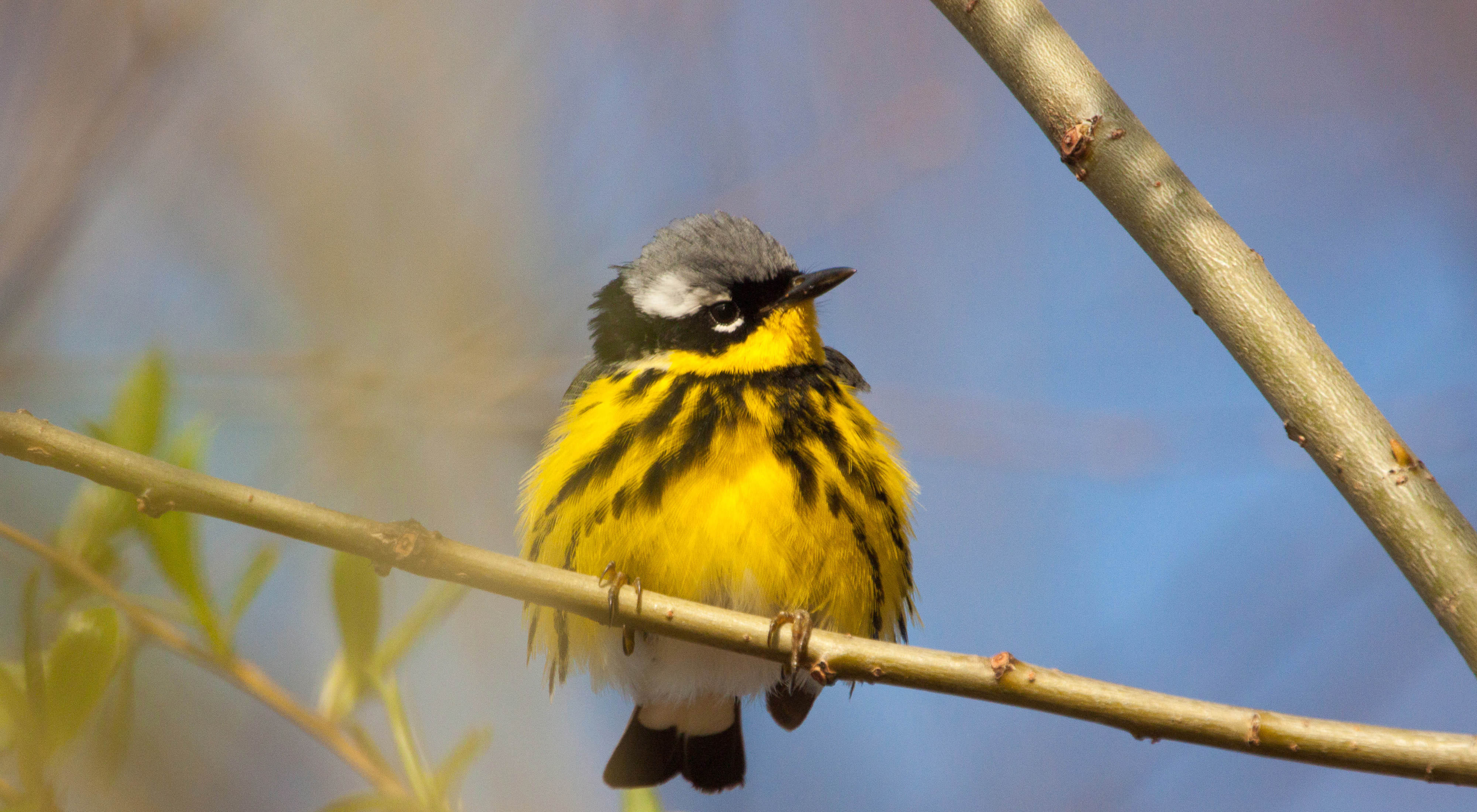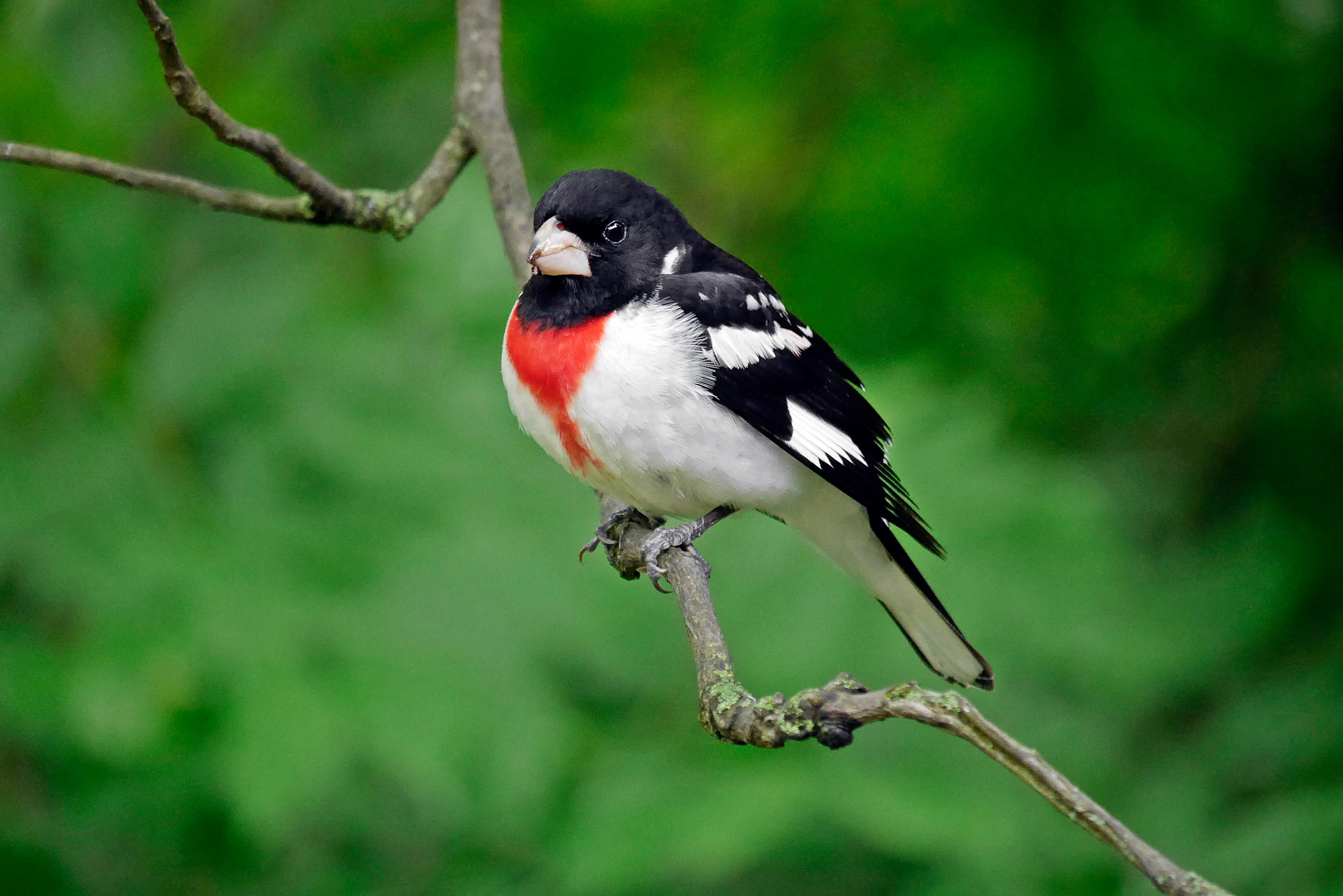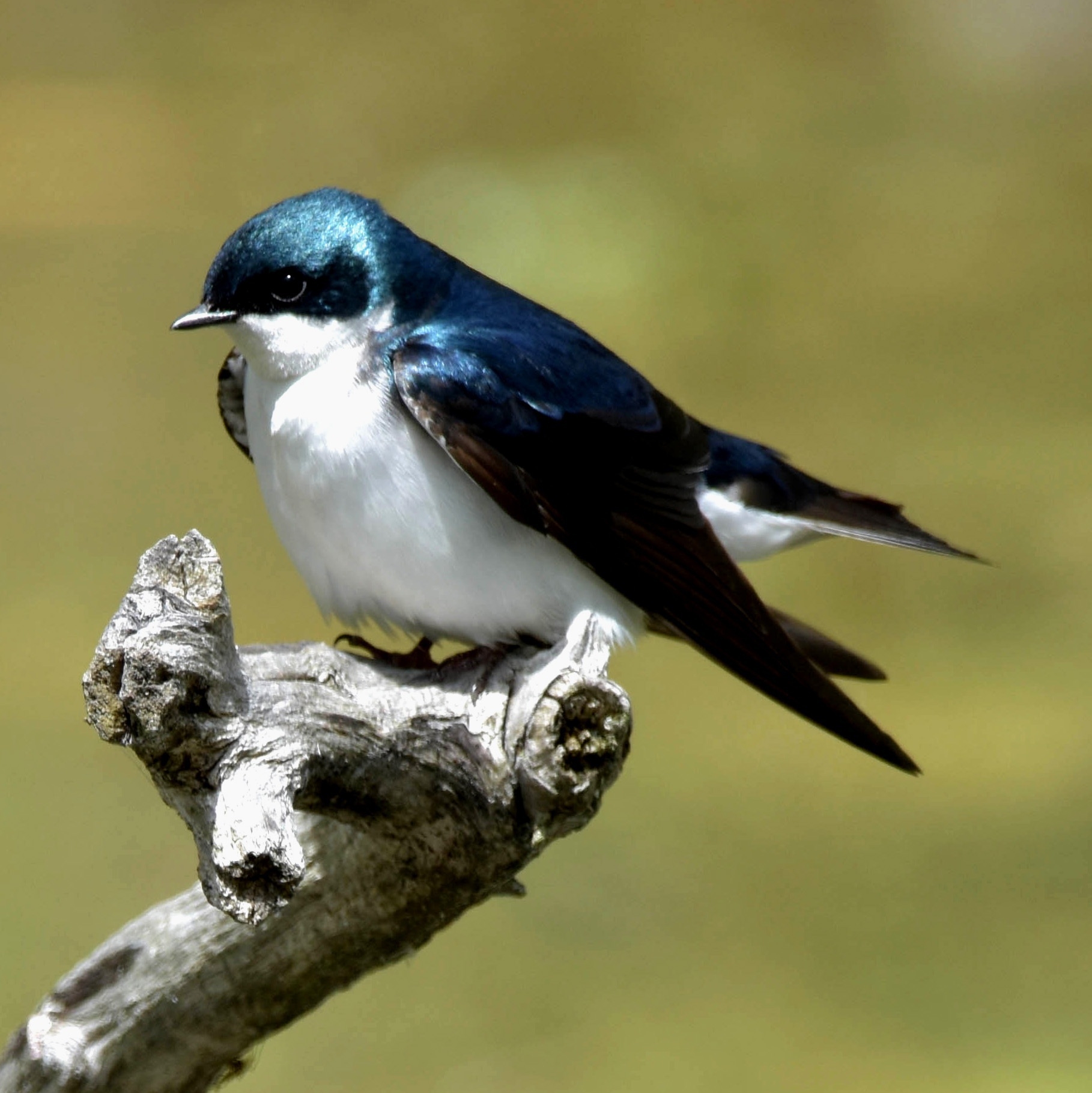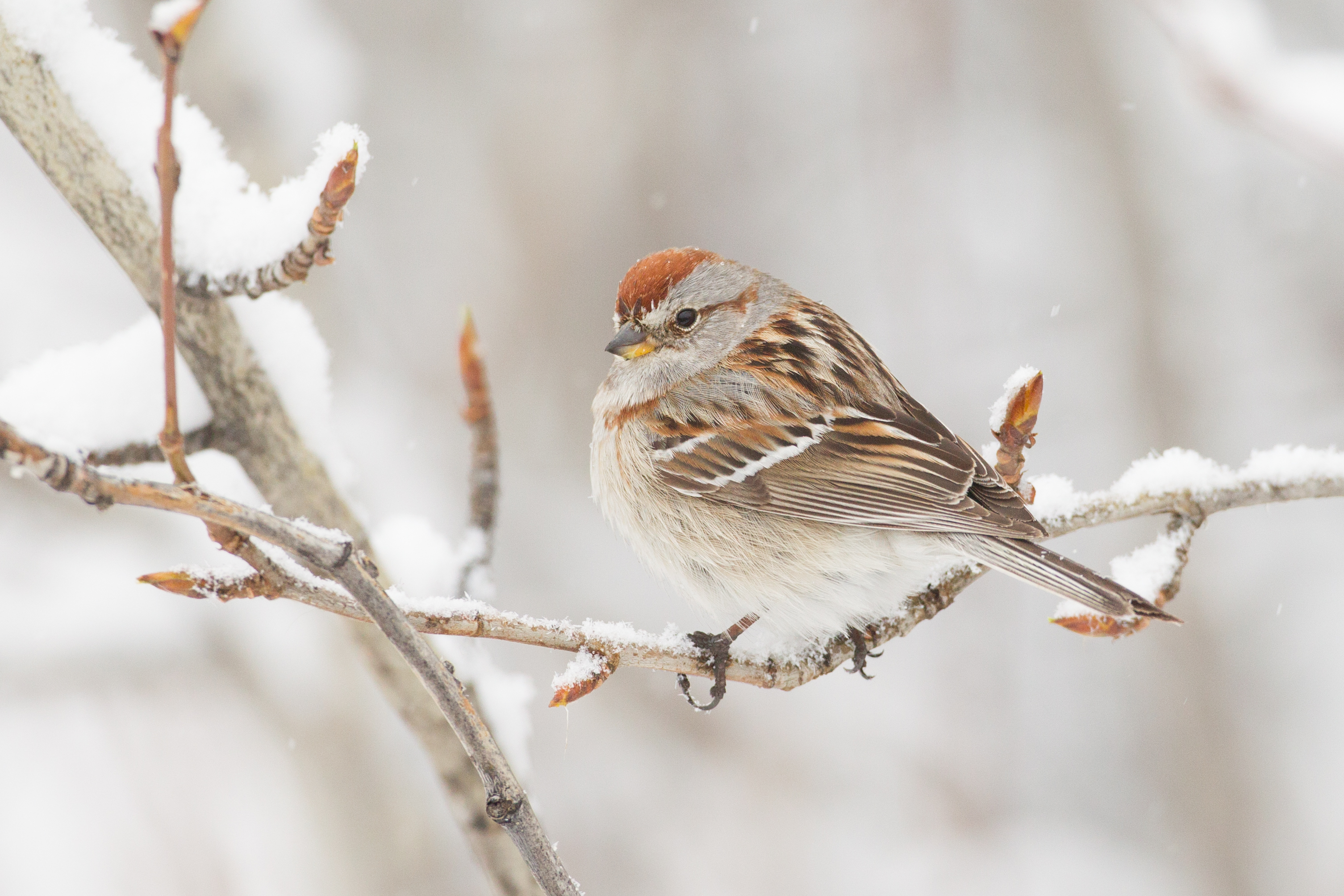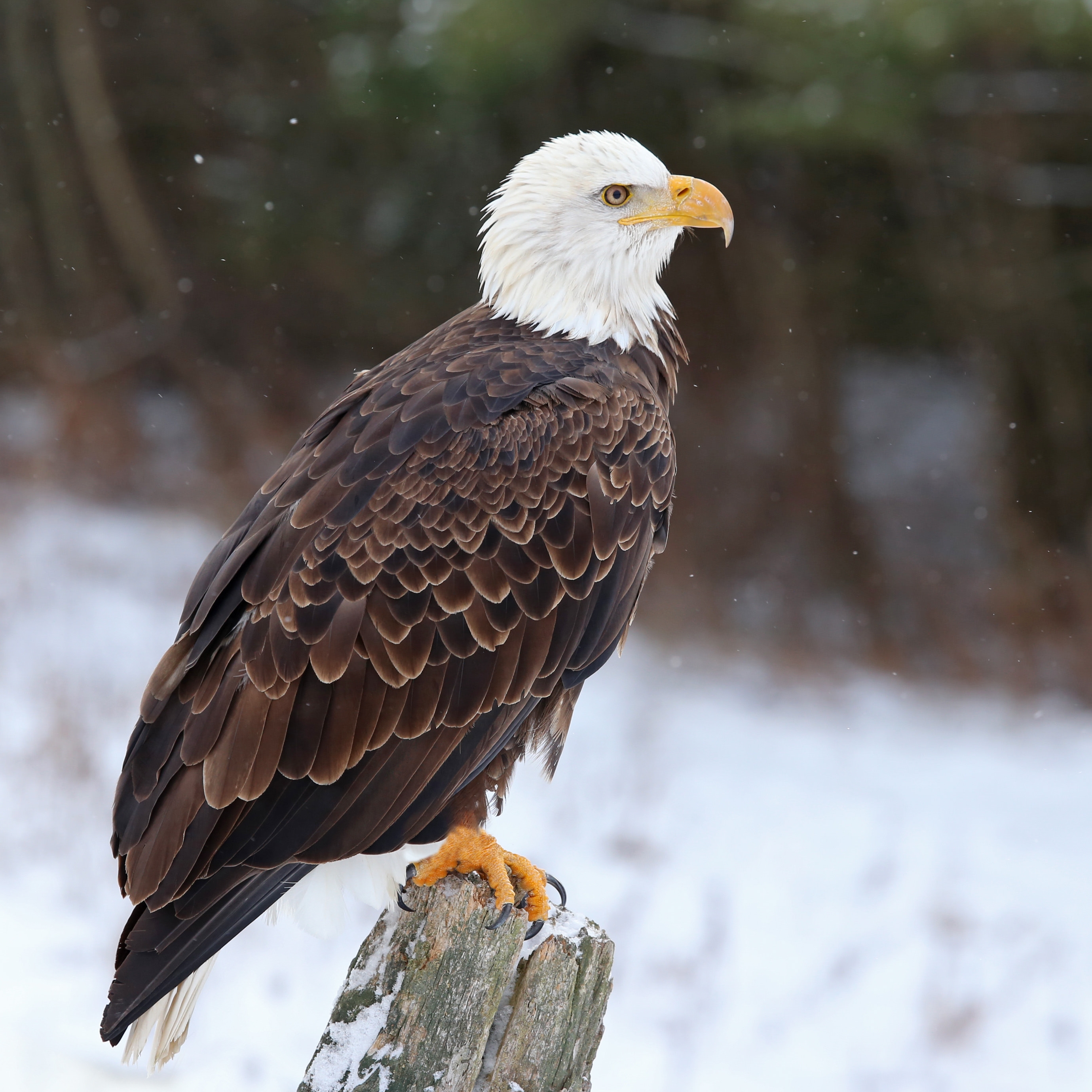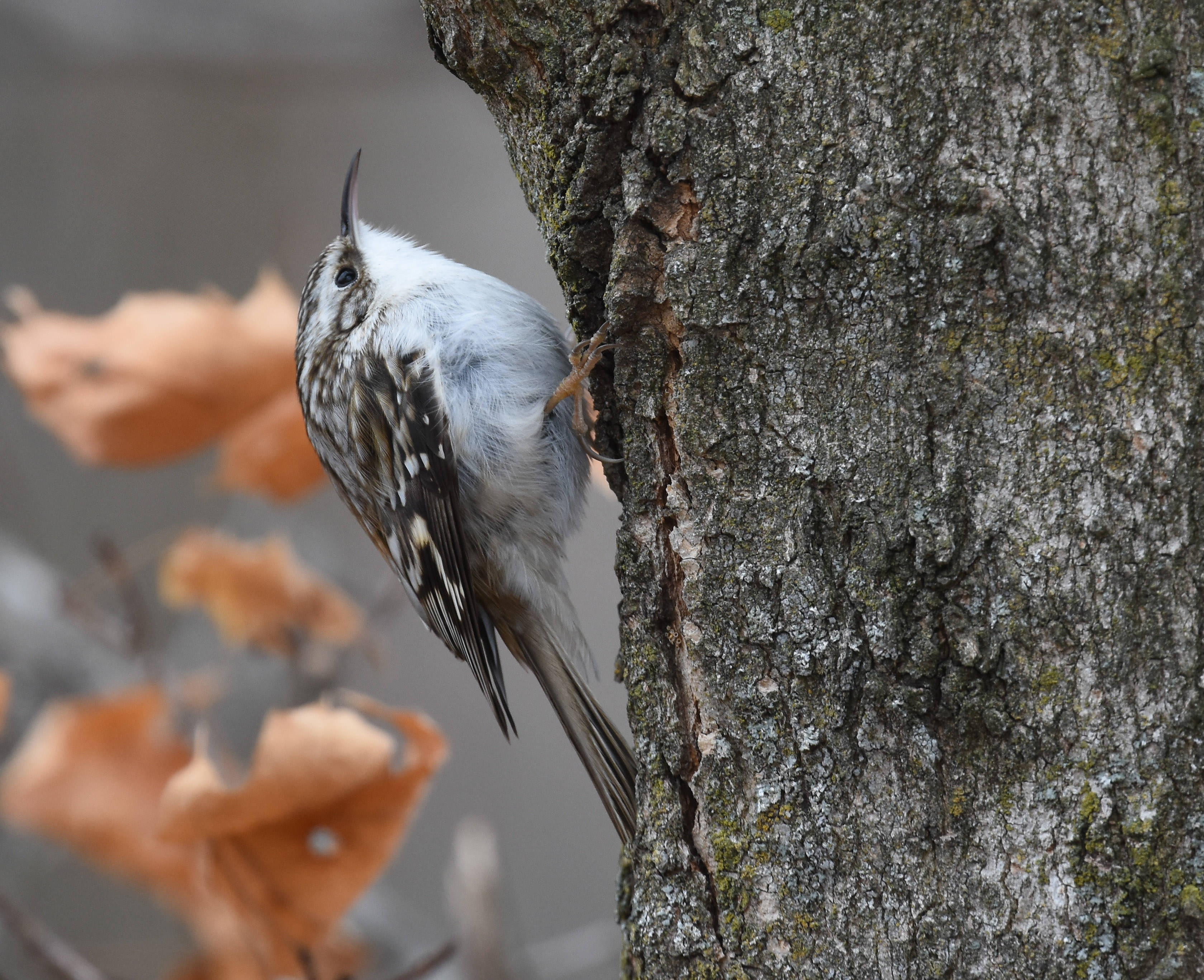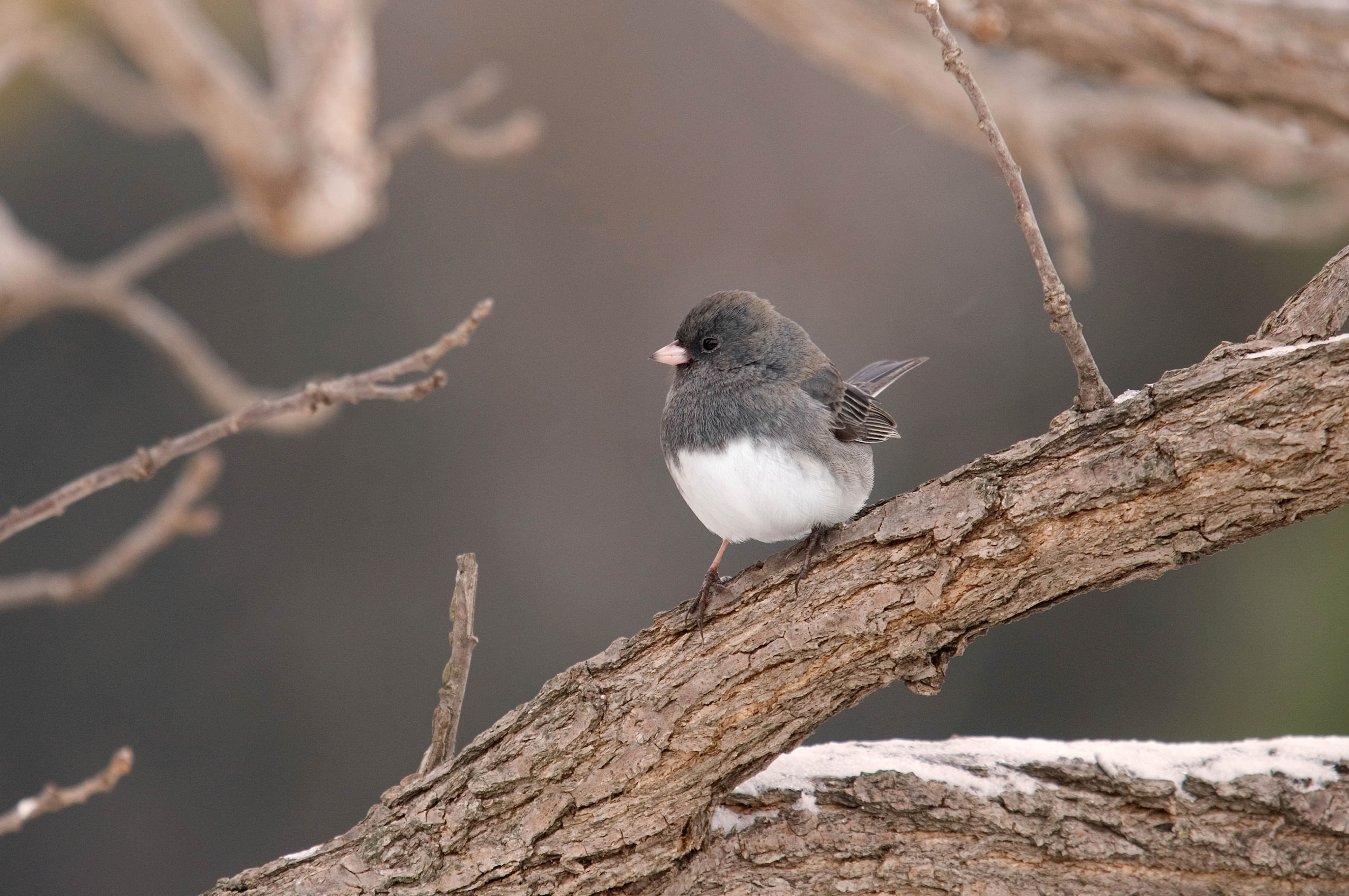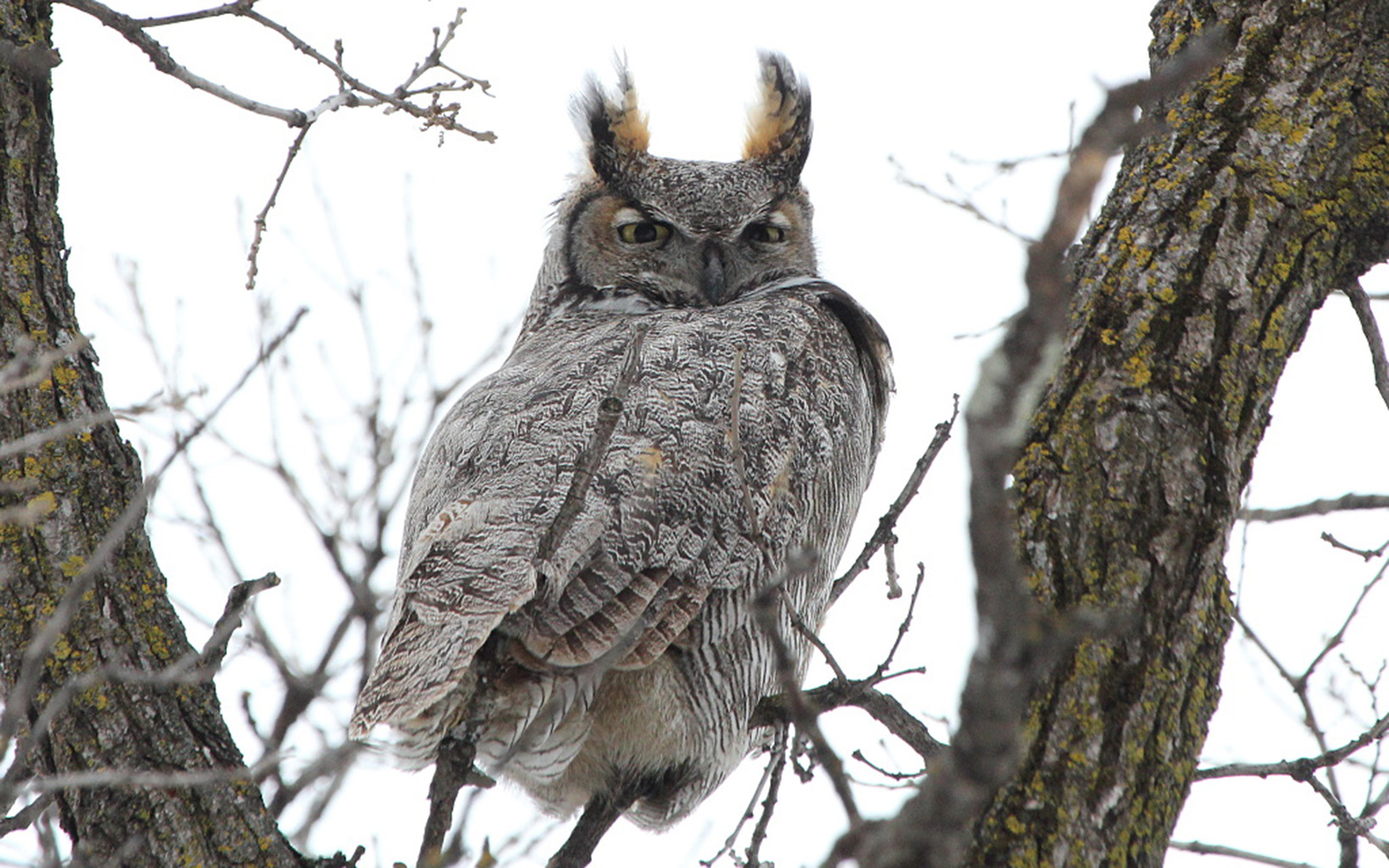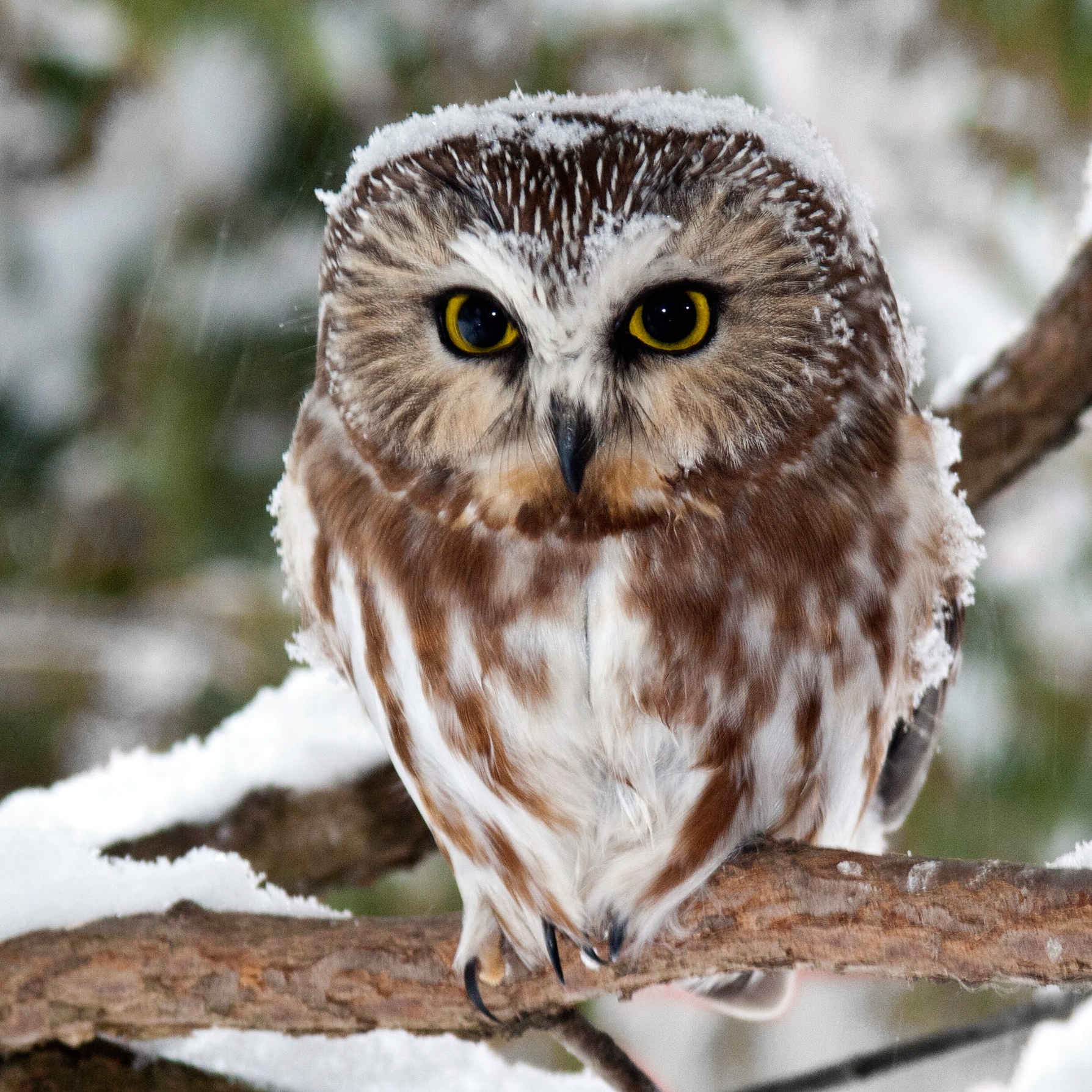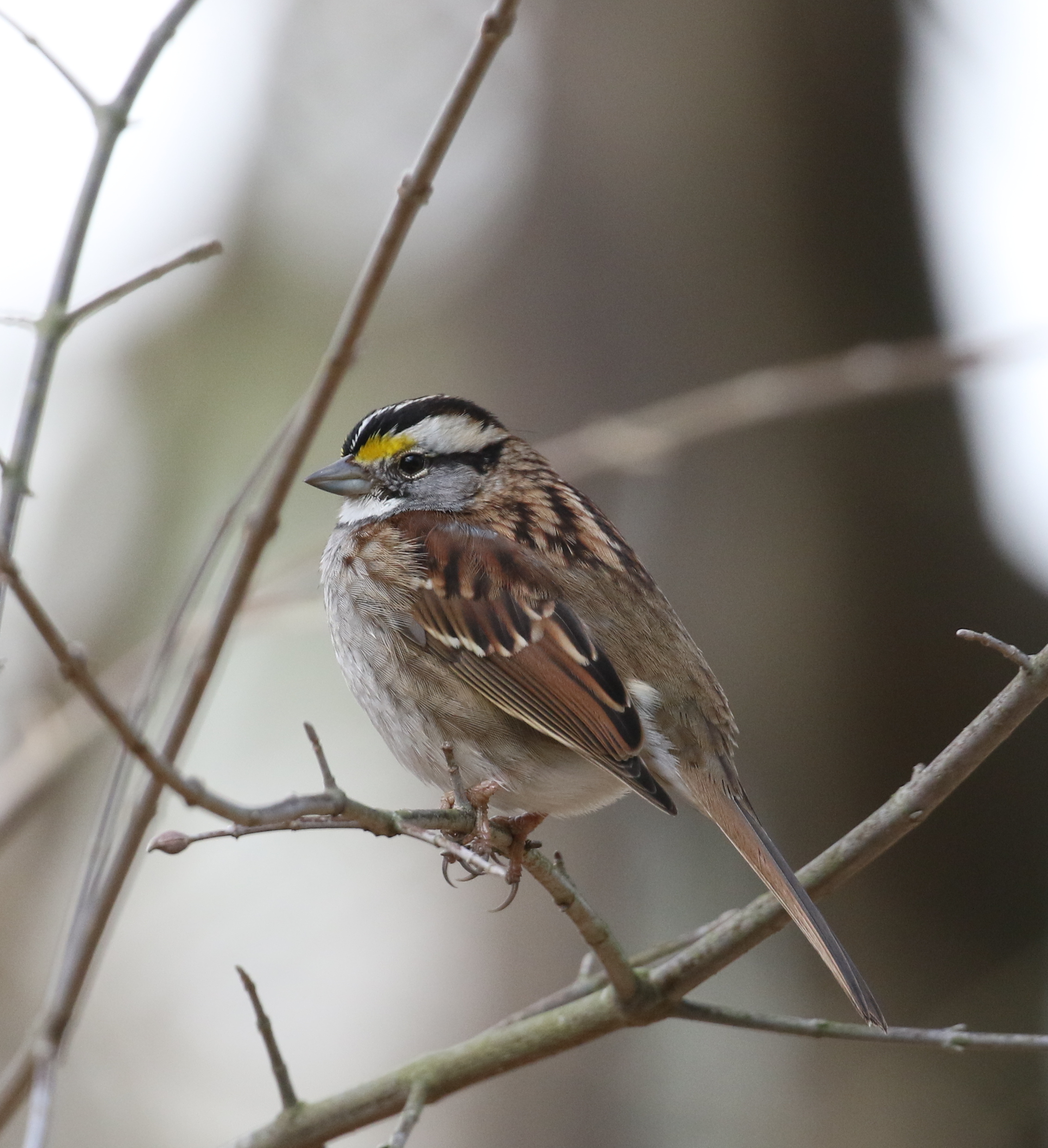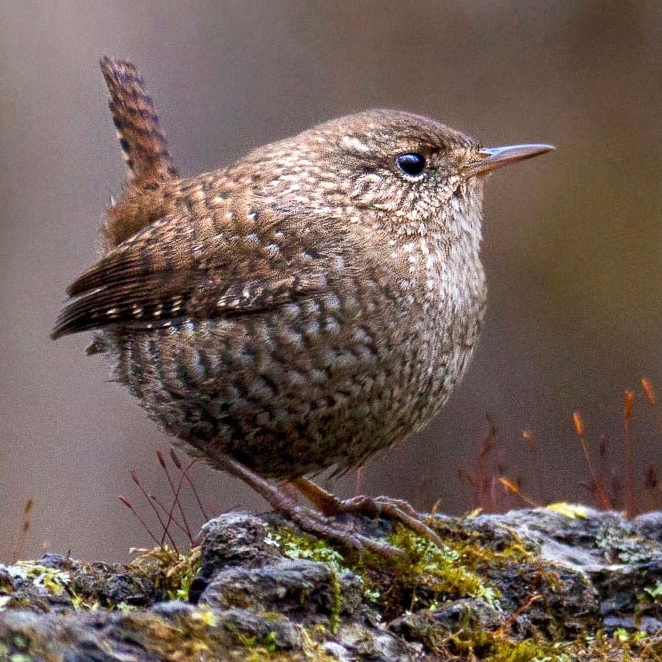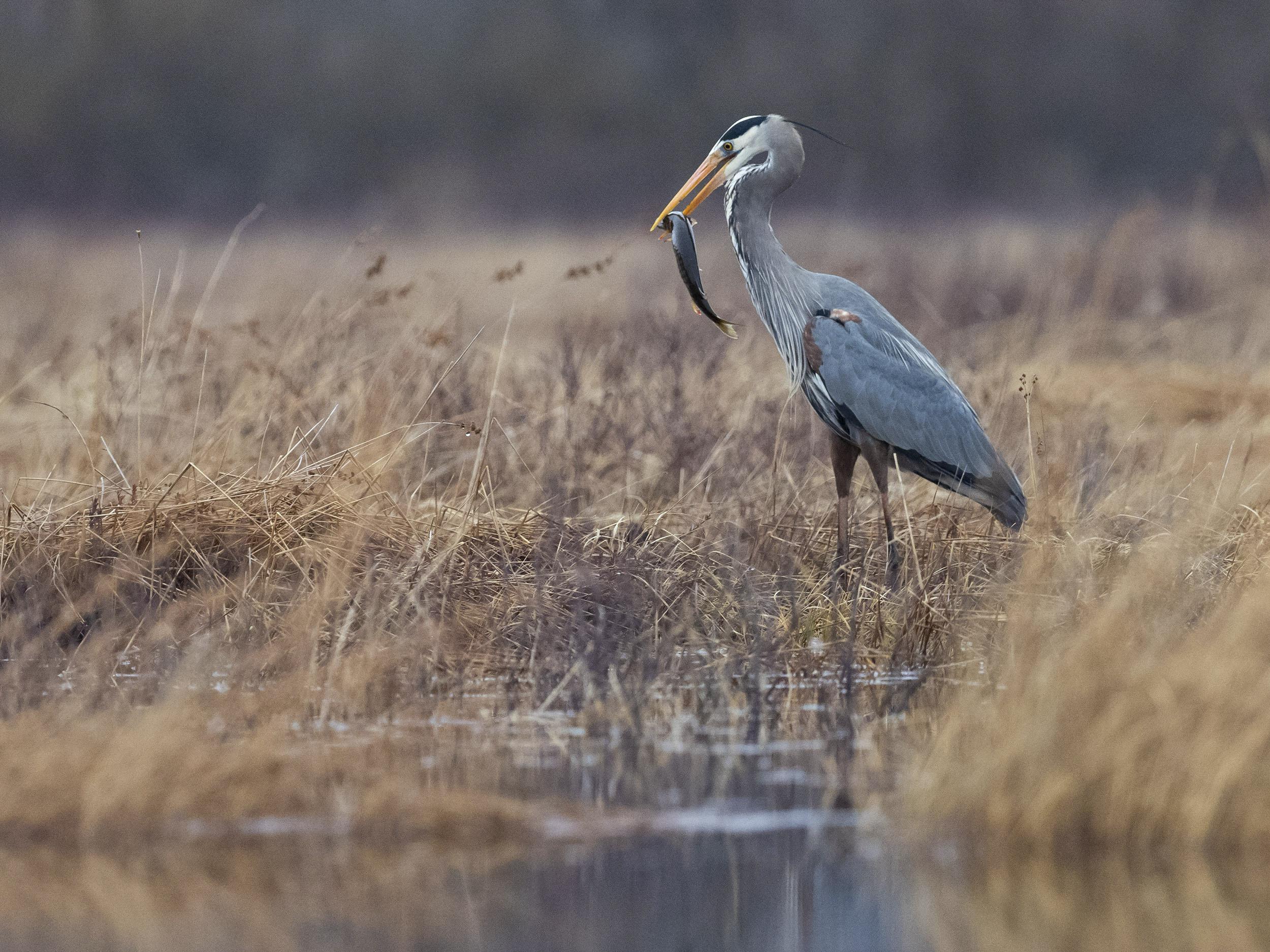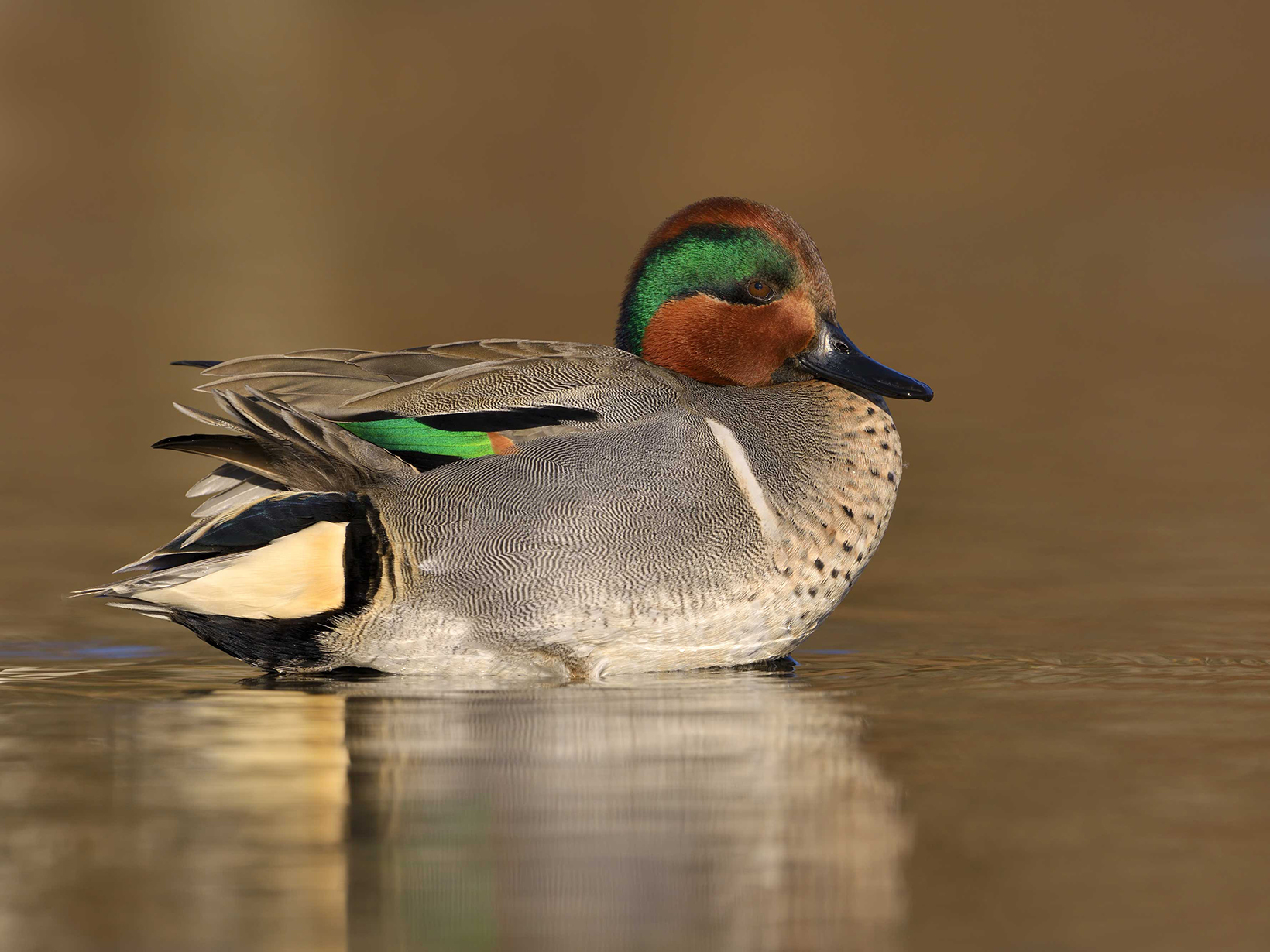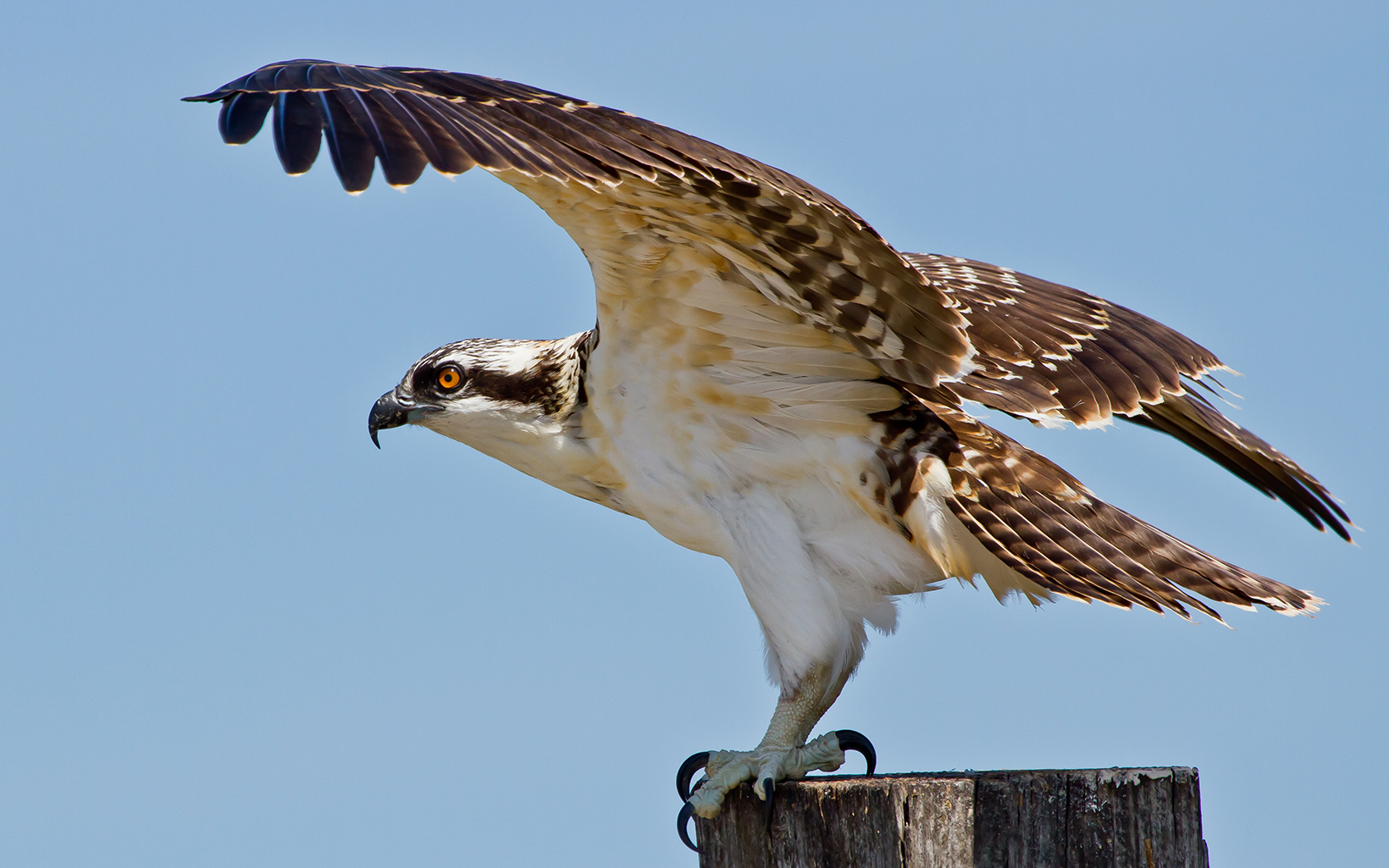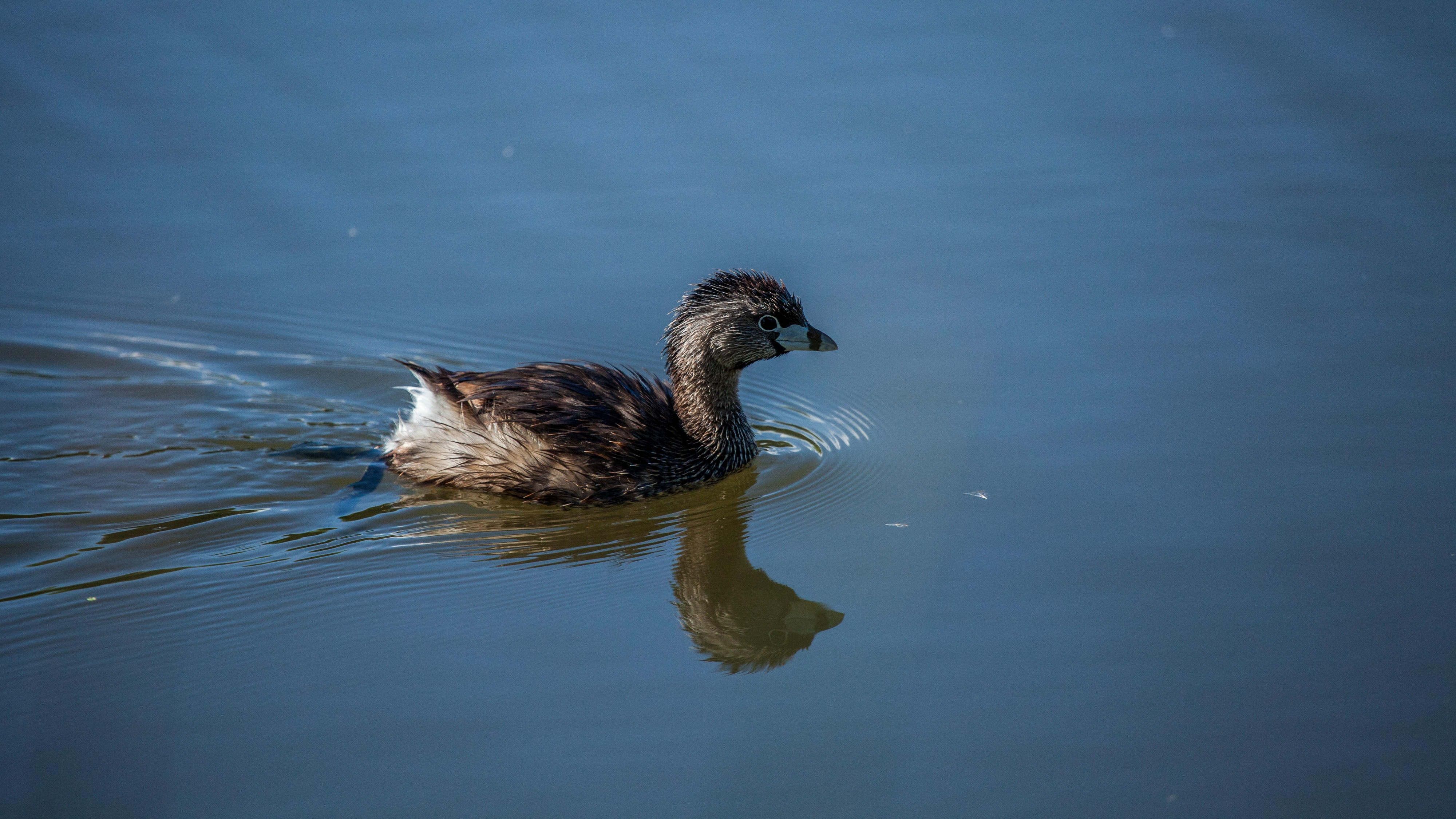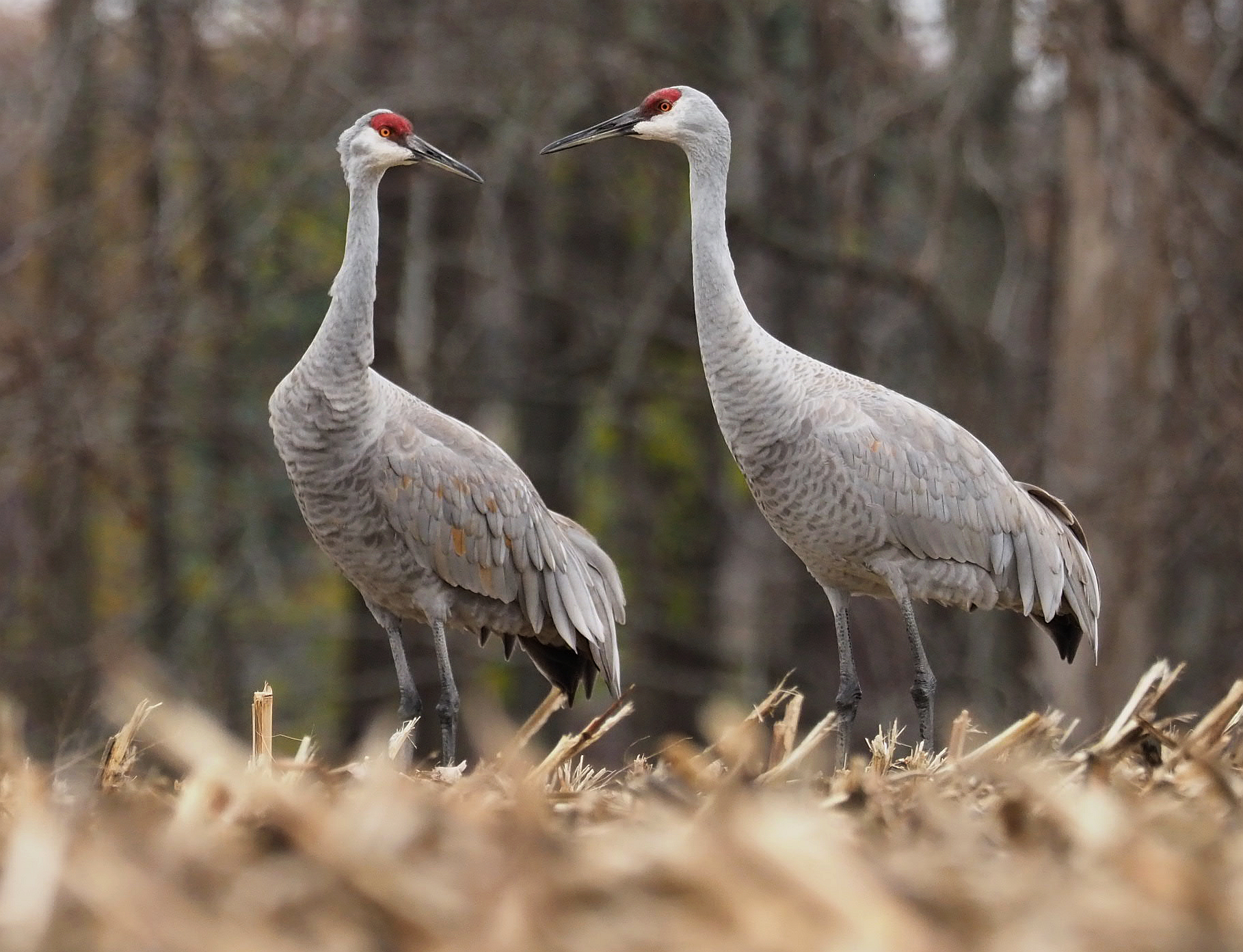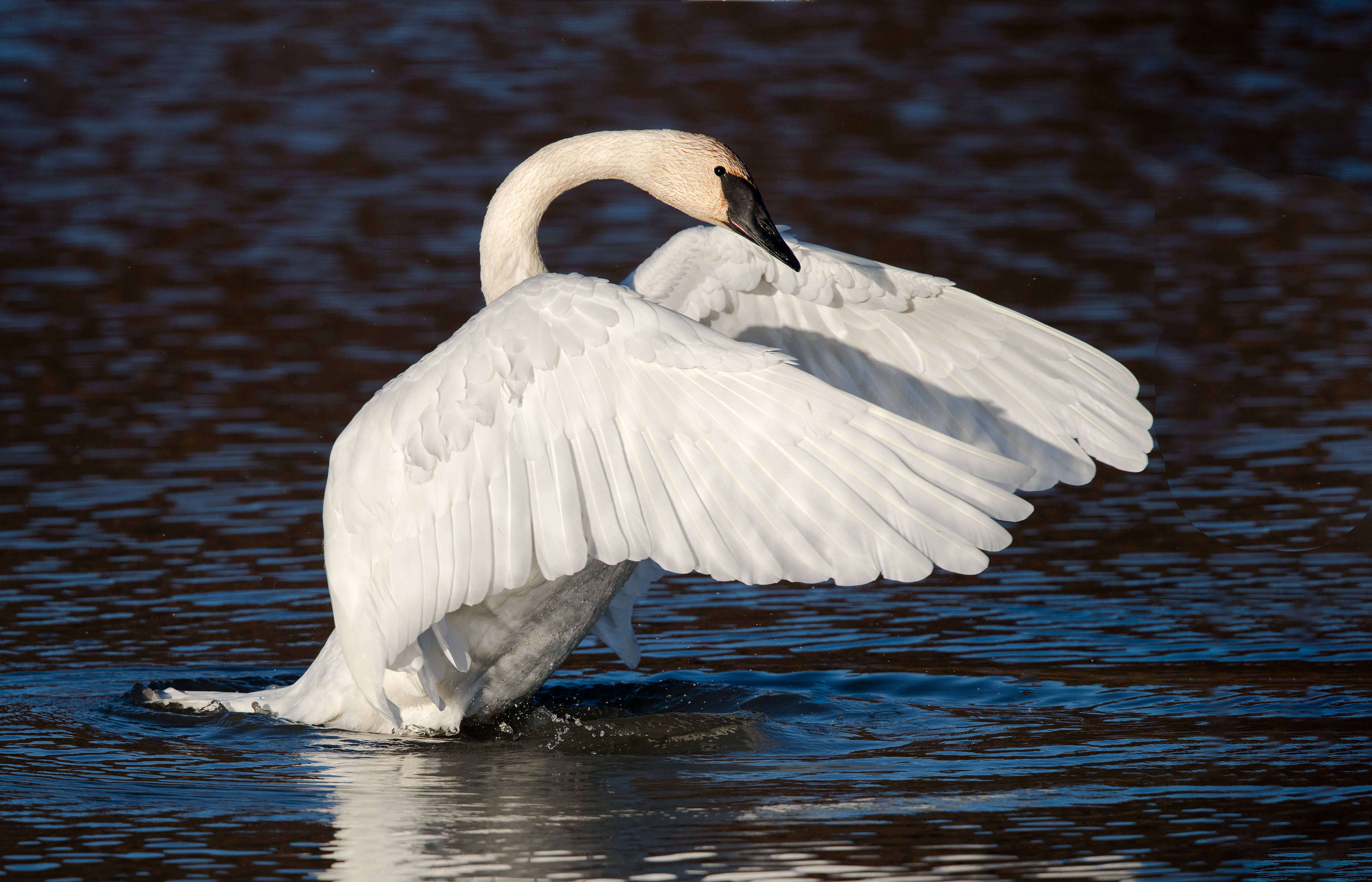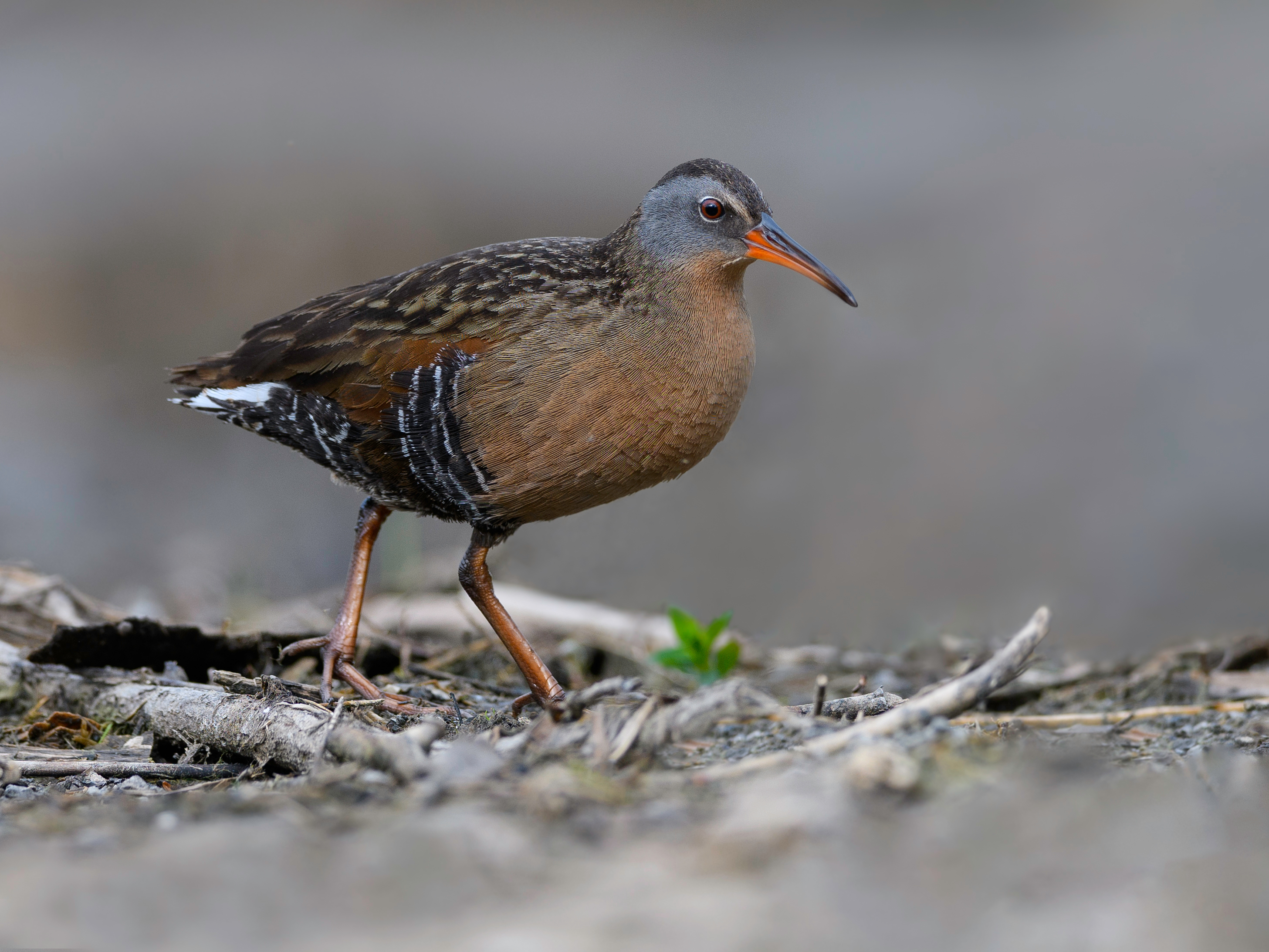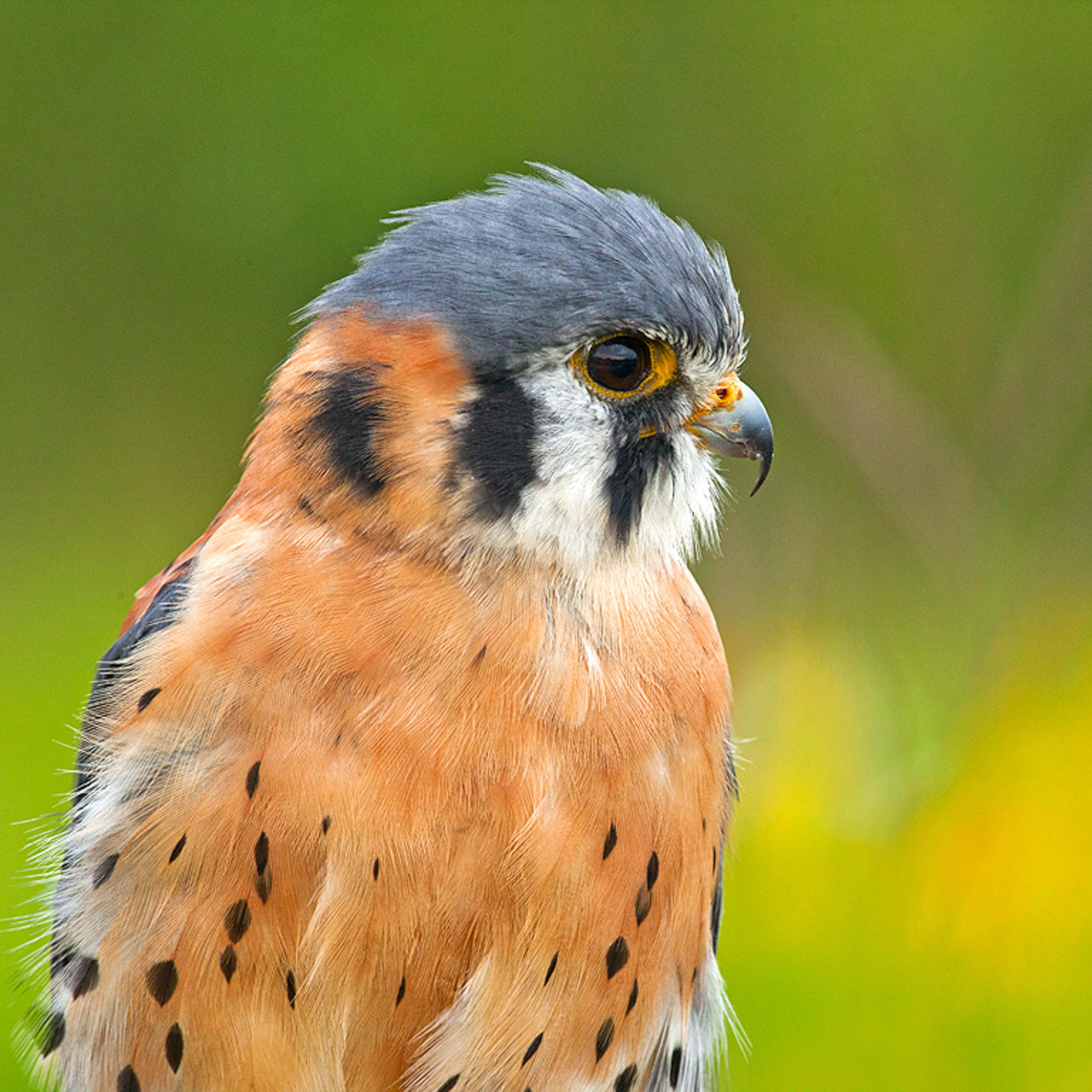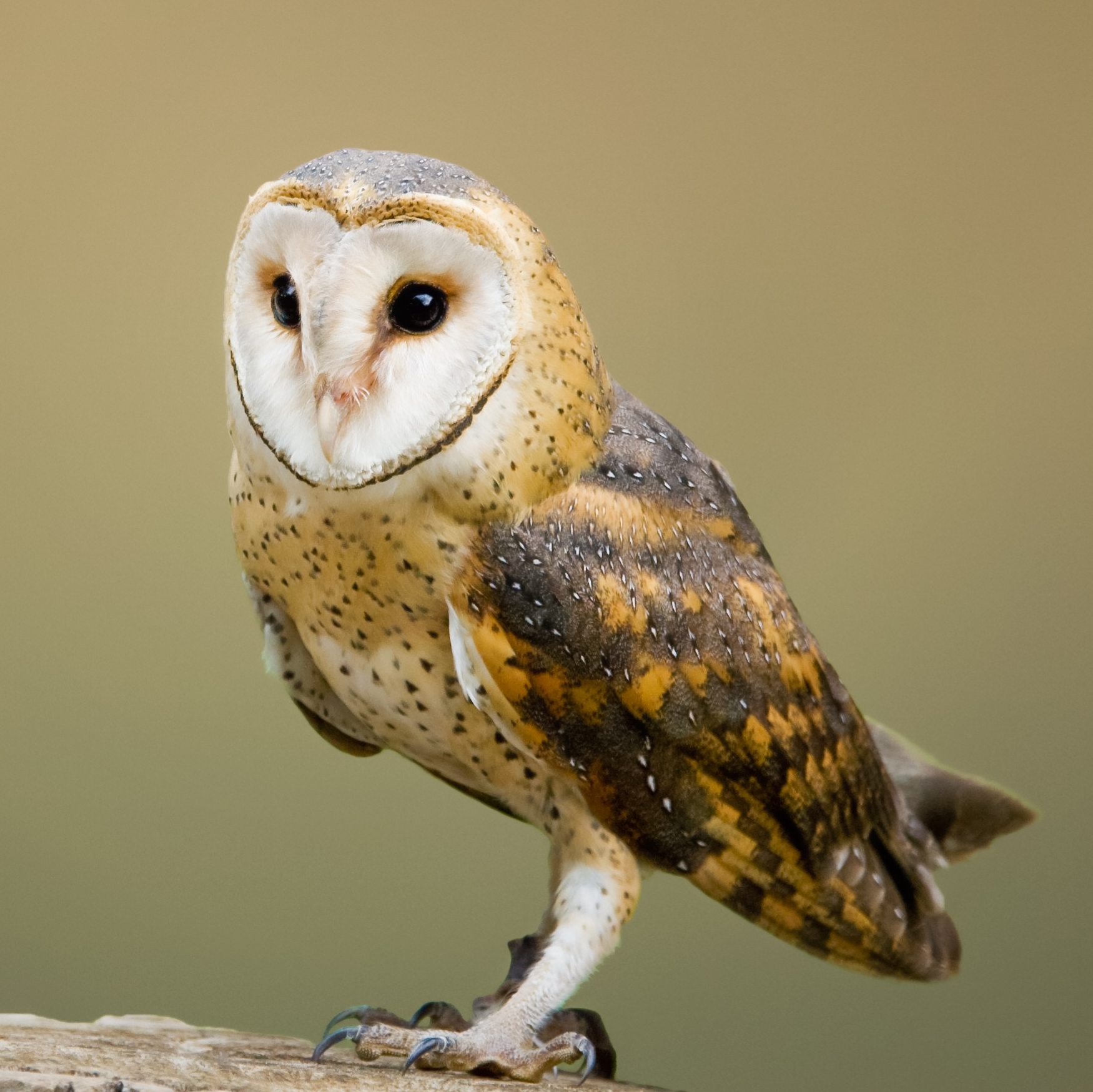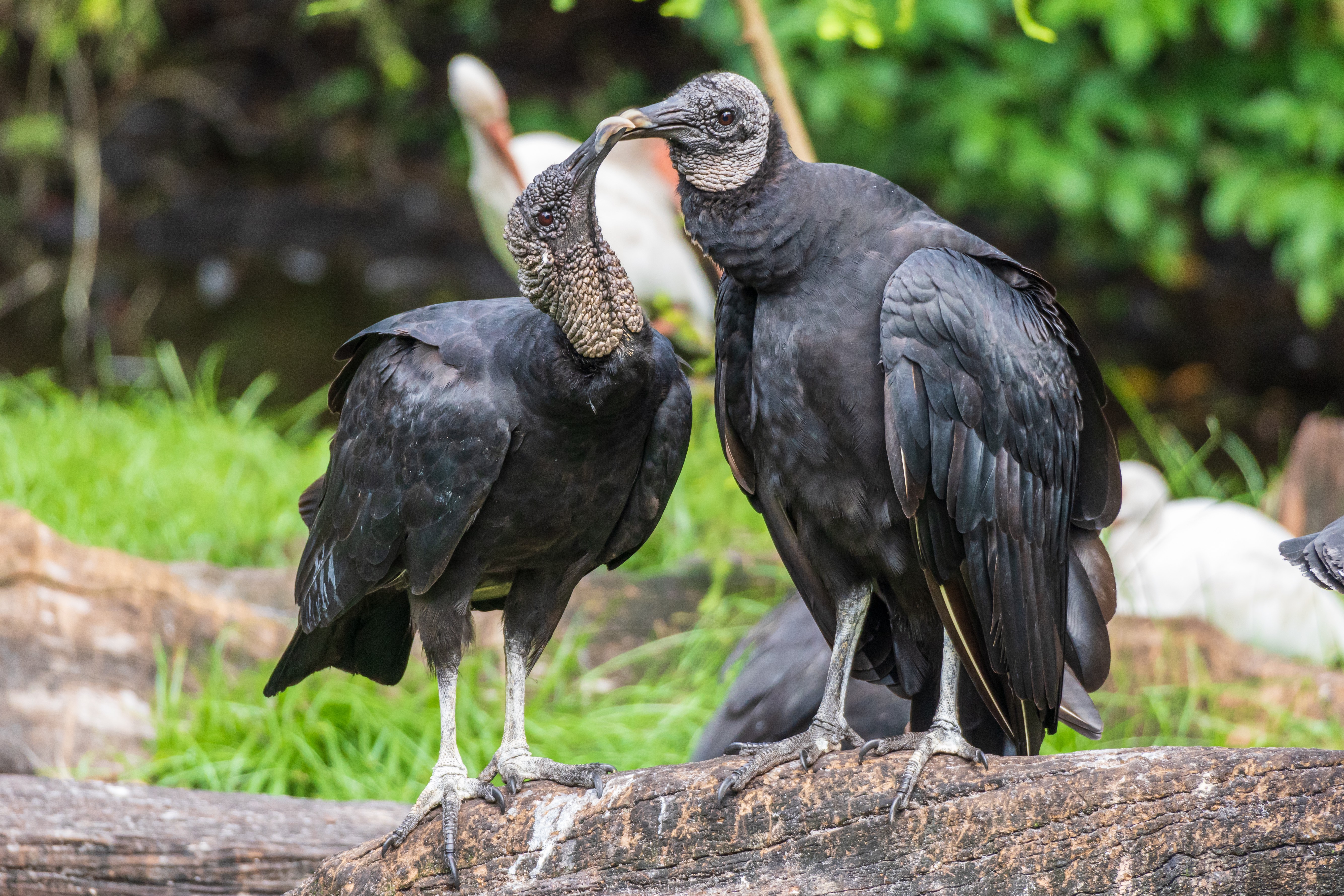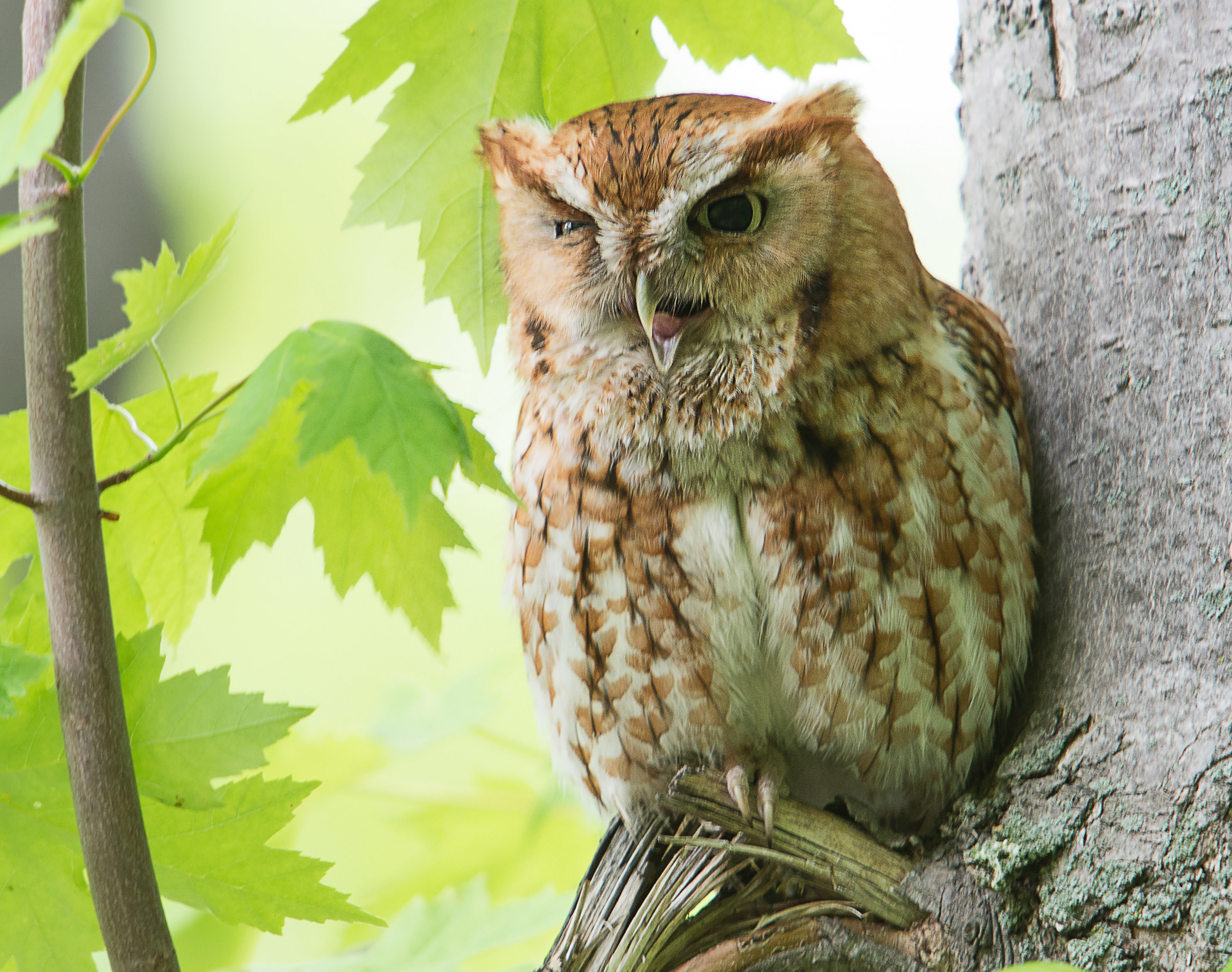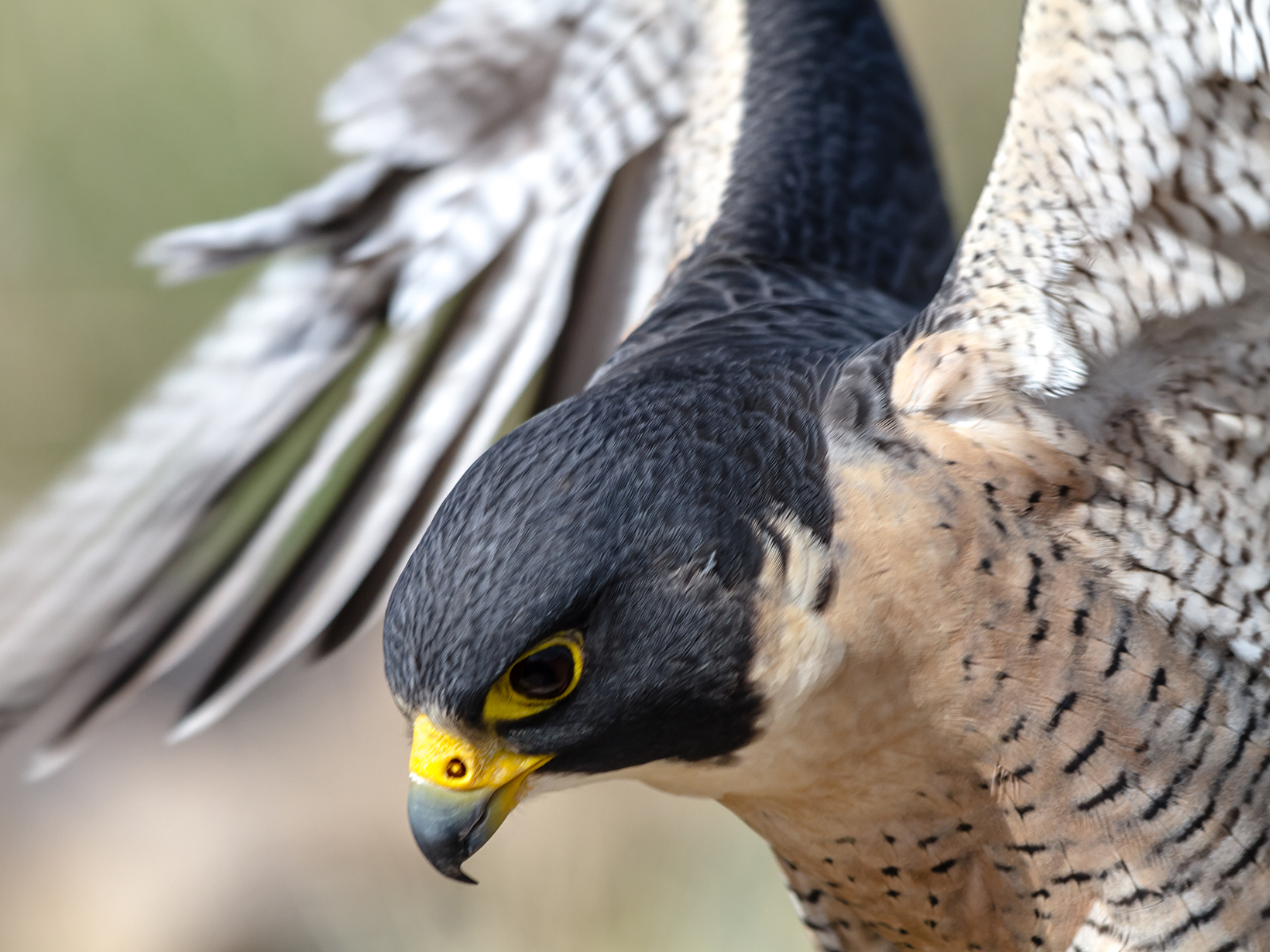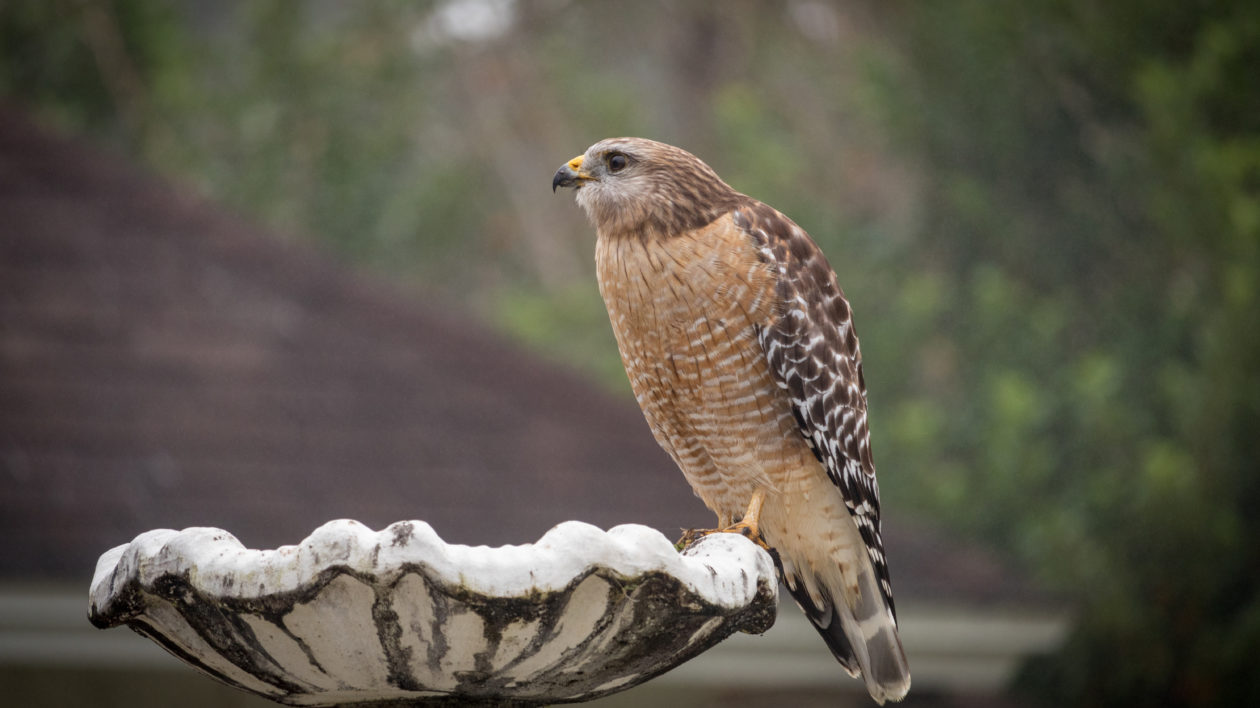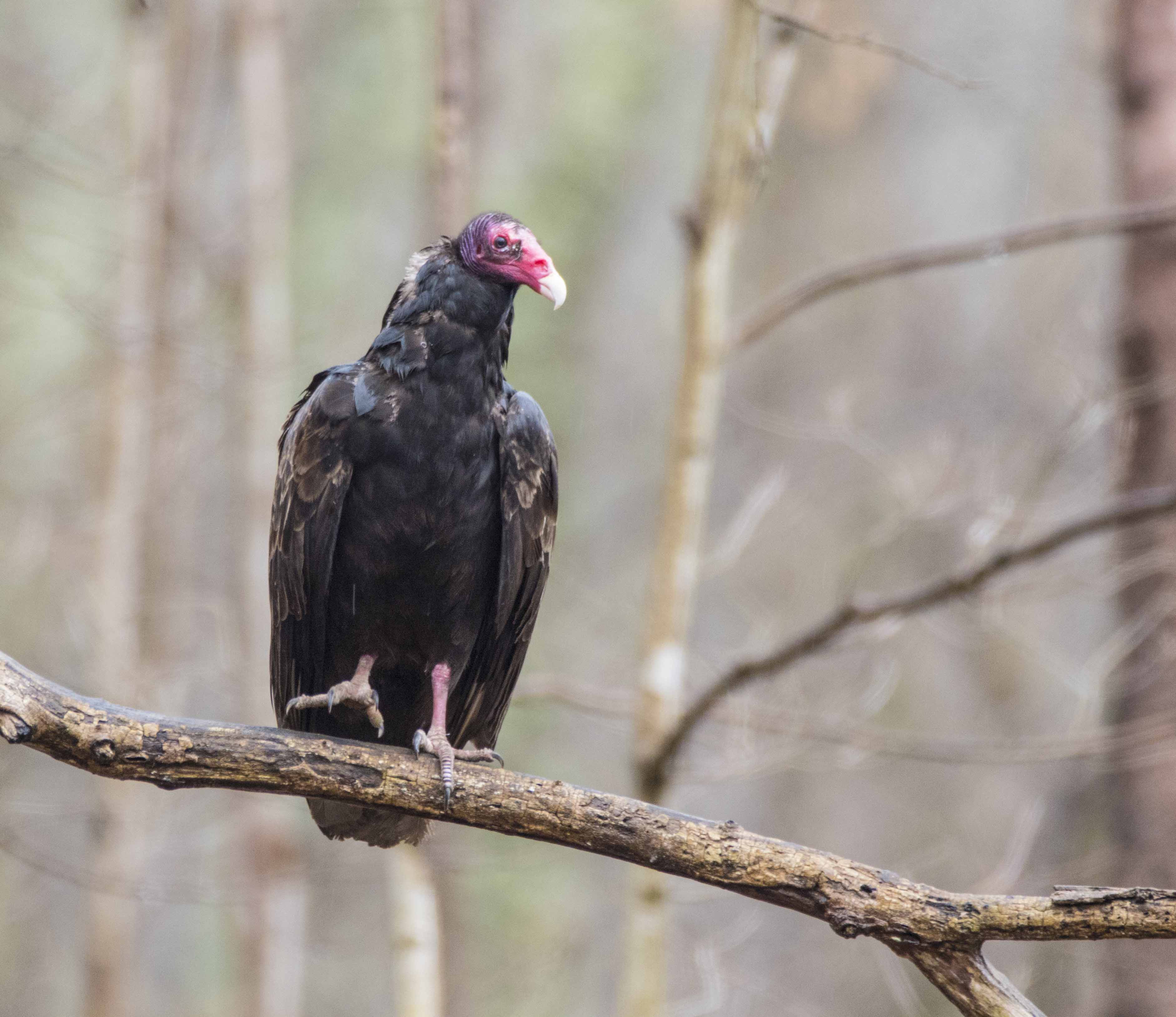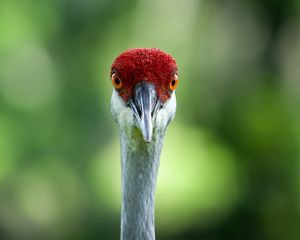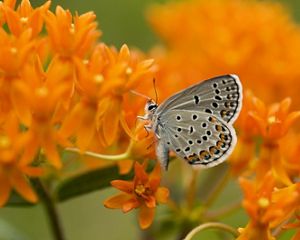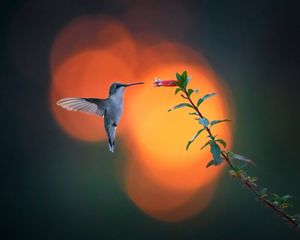Bird Watching in Ohio
Why go bird watching? For starters, it’s a great excuse to spend time outdoors & connect with nature—something that is proven to make people happier.
Stay connected to nature in Ohio
Get the best nature stories, news and opportunities delivered to your inbox monthly.
Sign UpHere at The Nature Conservancy, one of our fundamental beliefs is that people and nature are connected. But engaging with nature can be intimidating, if not altogether impossible, if you live in a place where accessing a green space is difficult.
That’s where birds come to the rescue.
Whether you're located in an urban, suburban or rural community, chances are you see or hear birds during your day. Birds are one of the easiest types of wildlife to observe wherever you happen to be … and they’re a great way to connect with nature right where you are.
Birding (or bird watching) is an easy way to connect with nature because all you really need is a sense of curiosity, maybe a field guide or app and some patience. Plus, as you watch birds, you’ll find yourself more tuned in to the natural world. It’s almost like magic.
In Ohio, we’re especially lucky because we live in a region that has a diversity of native, year-round bird species, from tiny black-capped chickadees to magnificent bald eagles.
Additionally, we're situated in the Mississippi Flyway, a migration path for many bird species that travel along a north-south corridor from Central and South America to the Great Lakes region. Some of these migratory visitors, such as blackpoll warblers, stop over in Ohio only briefly to rest and forage before continuing their journey. Others, like the prothonotary warbler, make Ohio their northern breeding ground stop, spending the summer in the state before migrating south again the fall.
What You Need
These tools aren't required, but they can help you get more out of birding and grow your birding skills.
Field Guide or Mobile App
A field guide or mobile app is indispensible as you begin birding—and will likely remain staples in your birding pack for good. Field guides and apps will help you identify birds and give you basic information on their range, seasonality and more. Audubon has an excellent free online guide, but if you prefer books, they also offer several guides that you can purchase or look for at your local library.
If you prefer something more mobile, there are many different birding apps for phones. The Cornell Ornithology Lab has a superb free app called Merlin Bird ID. It not only helps you identify birds by sight, it also has the ability to "listen" to birdsong and tell you what birds you're likely hearing. It's a fantastic tool for learning how to bird by ear.
In fact, listening for birds is a crucial part of growing your birding skills. One of the best things about birding is listening for the melodic sounds of birds and realizing the depth of life and wonder around you. Bird songs and calls mean you don't need to see the birds to know them.
Binoculars
You’ll also want a pair of binoculars to help you see birds up close. The good news is that almost any kind of binoculars, at any price point, will work fine. You're just going to use them to look more closely at faraway birds, so as long as they do that and work for you, that's all you need.
Journal or Notepad
Jotting down what birds you’re seeing and hearing each day can help you learn birds faster and help you get a sense of when to expect which types of birds. For instance, it’s unlikely that you’ll spot a dark-eyed junco in July in Ohio, but you are likely to see them around feeders in the snowy cold of January. You can also write down any other nature observations you might make that day, giving you a picture of what the natural world does around you from season to season and year to year.
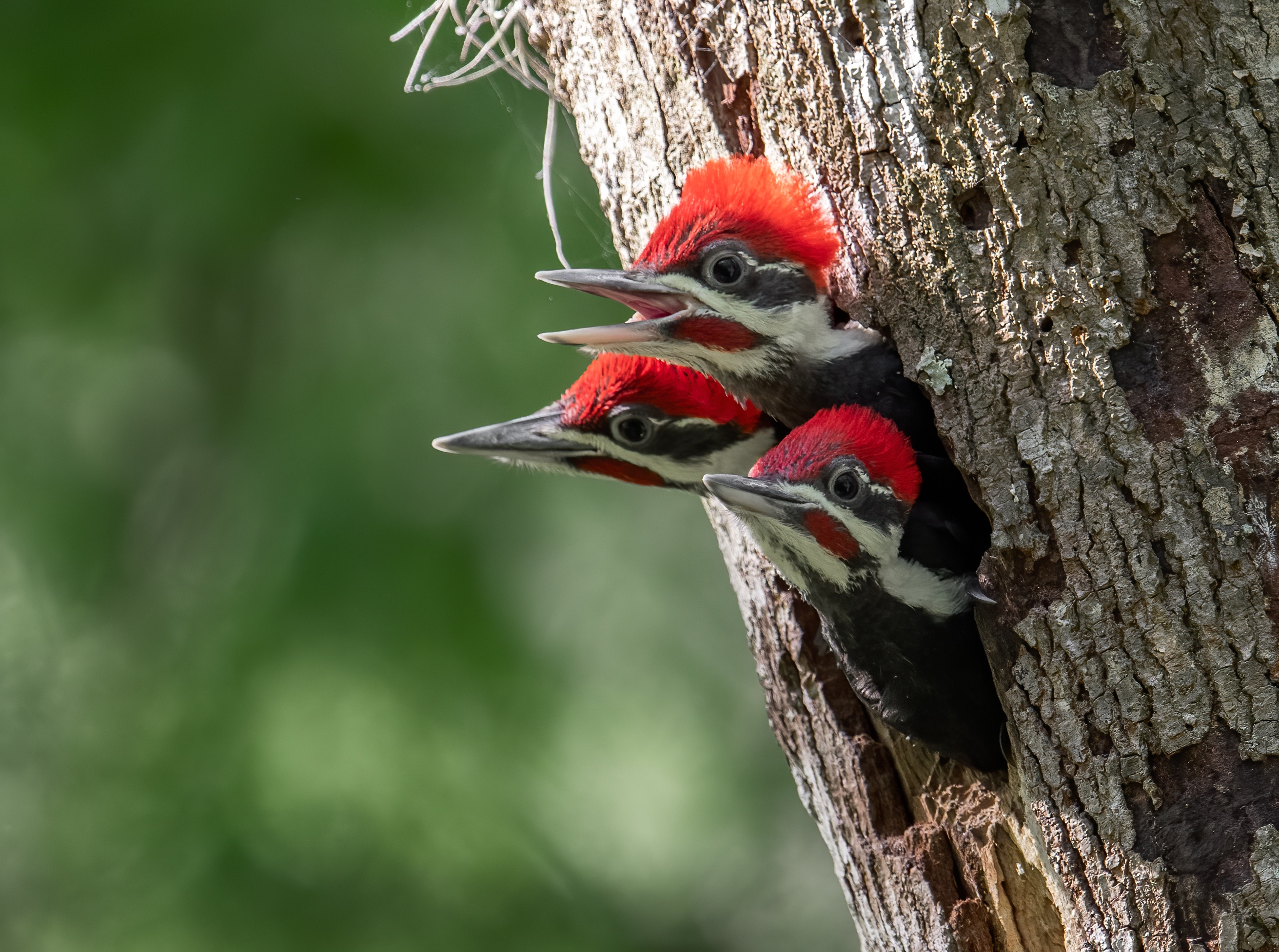
Birds in Ohio
Ready to bird watch? Ohio has a rich variety of birds to spot, from year-round residents like pileated woodpeckers to migratory visitors like indigo buntings. Below are a few of the birds to watch for as you begin your birding journey.
Common Year-Round Birds
Ohio has a colorful and vibrant variety of year-round resident birds throughout the state. You’re likely to see these birds around your neighborhood, at feeders, or in local parks and preserves.
Spring & Fall Migratory Birds
In the spring and fall, Ohio is in a major migratory pathway for many species of birds in the western hemisphere. Some birds will pass through Ohio, and others will make their summer home here to raise their young.
Winter Birds
While spring and fall are the peak migration times, some birds make Ohio their southern home during the winter. In late winter, birds like owls begin breeding and are more easily spotted than in the summer months.
Wetland & Water Birds
From Lake Erie in the north to the Ohio River in the south, Ohio has diverse water and wetland habitats that attract a wide variety of birds. Many of these birds are migratory, but a few are year-round residents.
Raptors (aka Birds of Prey)
Raptors are active carnivores, relying on hunting or scavenging animals to eat. All raptors have three things in common: keen eyesight, a hooked beak, and eight sharp talons. Ohio is home to about 20 raptor species.
Climate Change and Birds
From wetlands to prairies, from rivers to forests, Ohio has a diverse abundance of habitats that are vital for birds, whether they are year-round residents or migrating species stopping over in the state only briefly.
But, development and habitat fragmentation impact birds throughout our state and North America. Year-round birds face loss of the habitats they need to live, breed and thrive. Migratory birds have fewer places to stop, rest and eat on their journeys.
Due to these challenges, more than 30% of America's bird species need immediate conservation attention, and some populations of migratory birds have declined drastically over the last 30 years. Worldwide, scientists predict that 10% of all bird species will become extinct by the end of this century.
But there is hope.
Help Us Protect Ohio's Lands & Waters
You help us protect the habitats that birds depend on in Ohio.
Support Our WorkPreserving Land and Water to Protect Birds
While climate change and habitat loss threaten the future for both native and migratory birds around the world, The Nature Conservancy is addressing these interconnected issues by conserving the lands and waters on which all life depends.
Here in Ohio, we’re doing our part by conserving valuable habitats that will help us achieve our climate and biodiversity goals. By protecting and restoring habitats like wetlands, streams, rivers, lakes and forests, TNC is helping to reconnect fragmented habitats for birds, other wildlife and plants, which will ensure the resiliency of these systems to support people and nature in a changing climate.
Five Ways You Can Help Birds
While climate change and crises it's causing for birds seem overwhelming, there are lots of things you can do right at home to help birds thrive.
-
Bird Watch and Share Your Observations
Monitoring bird populations is crucial to protecting them. Community bird watchers—like you—can record the birds you see and submit them to organizations like eBird or the Great Backyard Bird Count.
-
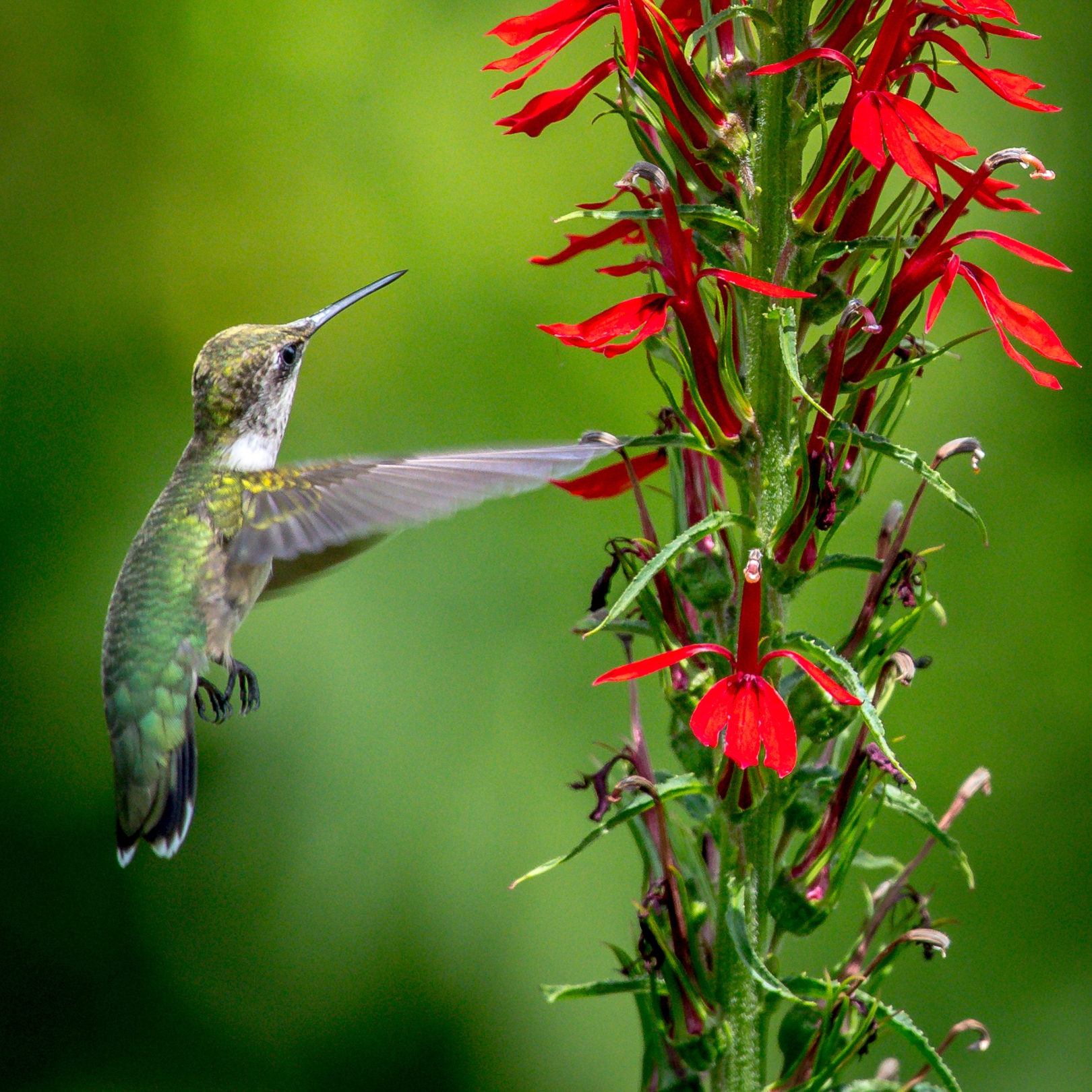
Plant Native
Birds depend on native plants for food, both for the insects on the plants and the plants' nectar, seeds or fruits. Planting native plants can help birds find respite and food throughout the year.
-
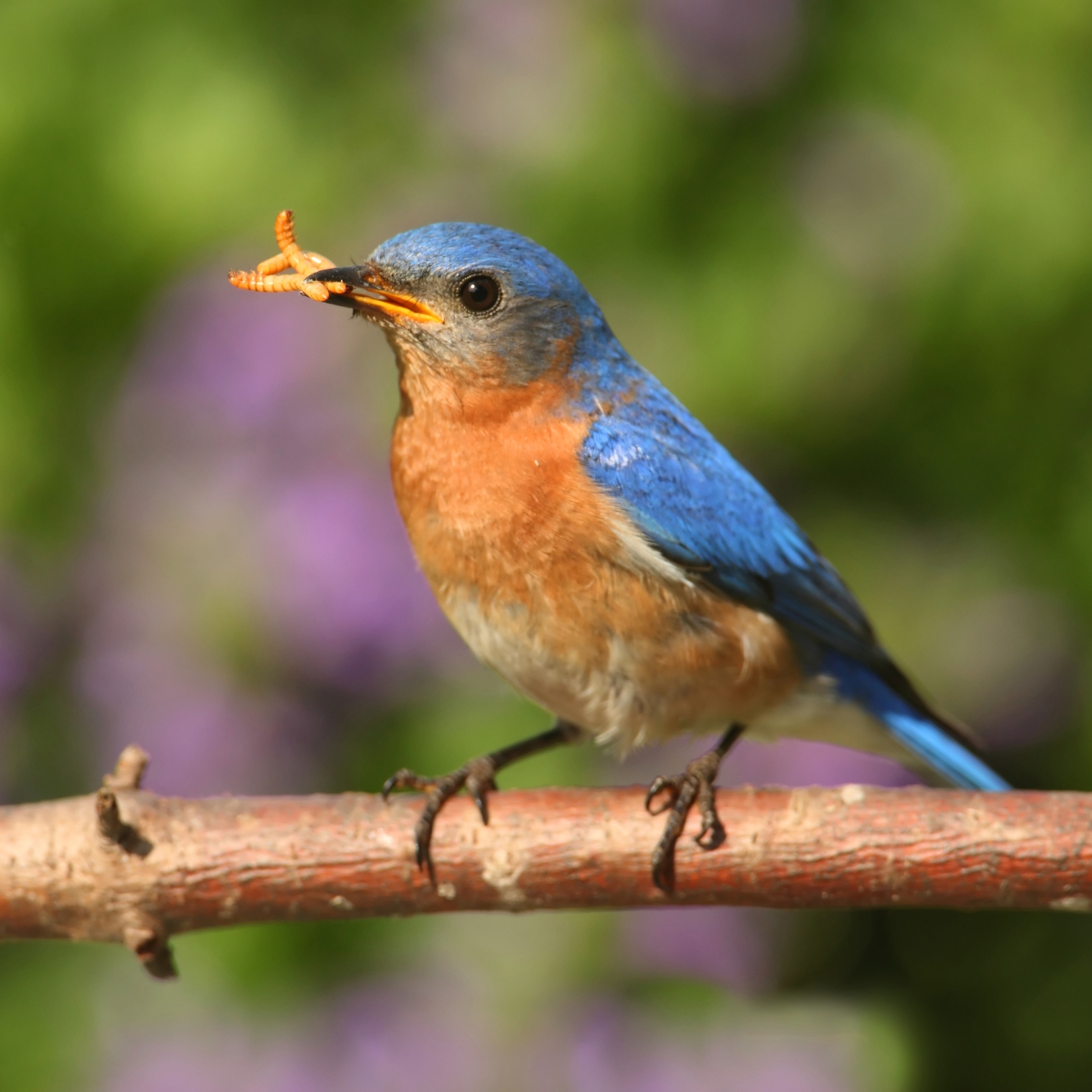
Stop Using Pesticides
Many birds depend on insects for food and to feed their young during the summer. By avoiding the use of pesticides, you can help ensure there are plenty of caterpillars, beetles and other insects for birds to eat.
-

Make Windows Bird-safe
It's estimated that more than one billion birds die each year due to window collisions. You can make sure your windows are safe by adding screens, strings or decals on the outside of your windows to break up their reflective surfaces.
-

Turn Off Outside Lights
Many species of birds migrate by night, using the stars to navigate. Outside lights, like porch lights or floodlights, can disorient these birds and throw them off course. Turning off outside lights can help migrating birds stay safely on course.
